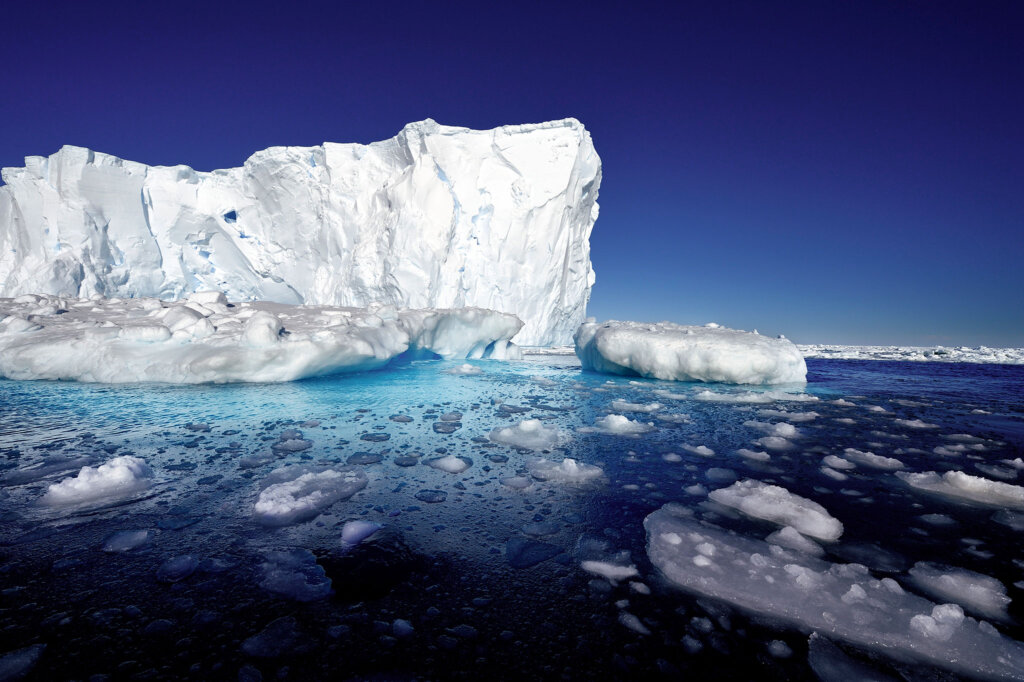
The European Climate Change Service (Copernicus) has shared its frightening findings about the decreasing level of sea ice in Antarctica.
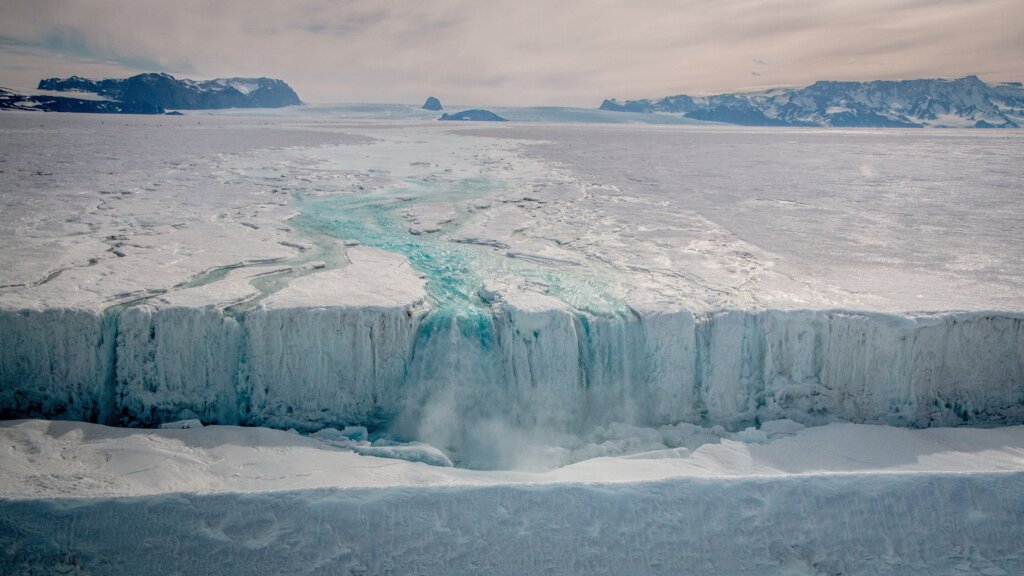
According to Copernicus’ data, the level of sea ice in Antarctica has experienced a historic decline, falling to the lowest level detected during the 44-year history of measurements.
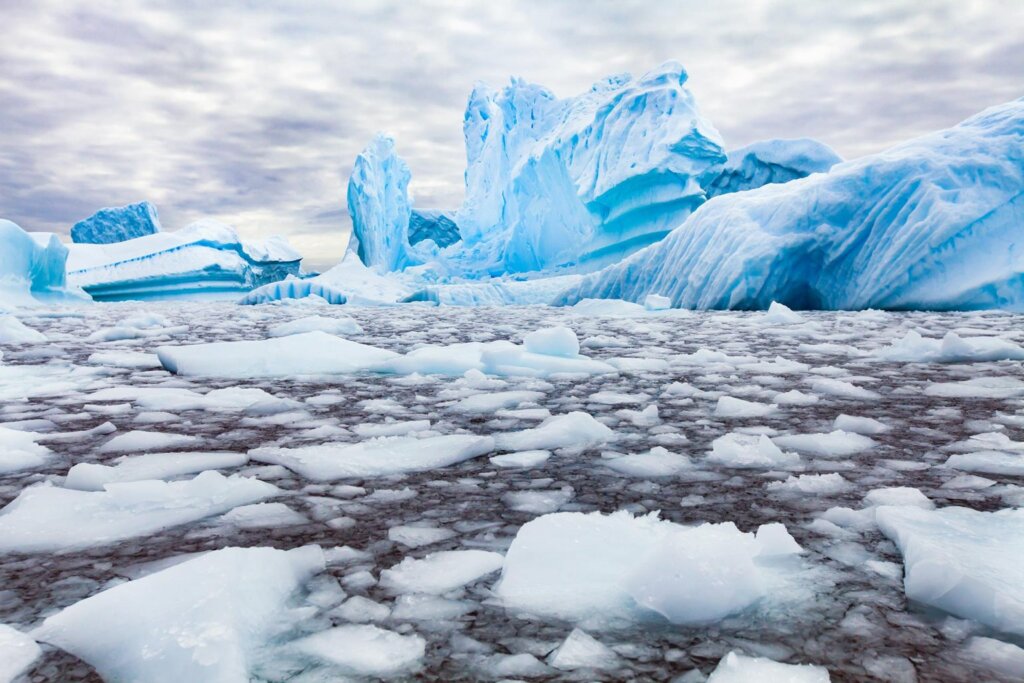
The effects of global warming continue to affect the entire world in almost every area. Unfortunately, we don’t see many of these effects or realize the extent to which they affect us. You know that one of the biggest effects of climate change is the melting of glaciers located at the poles. The Copernican Climate Change Service (C3S) also shared its frightening findings about the ongoing situation in Antarctica.
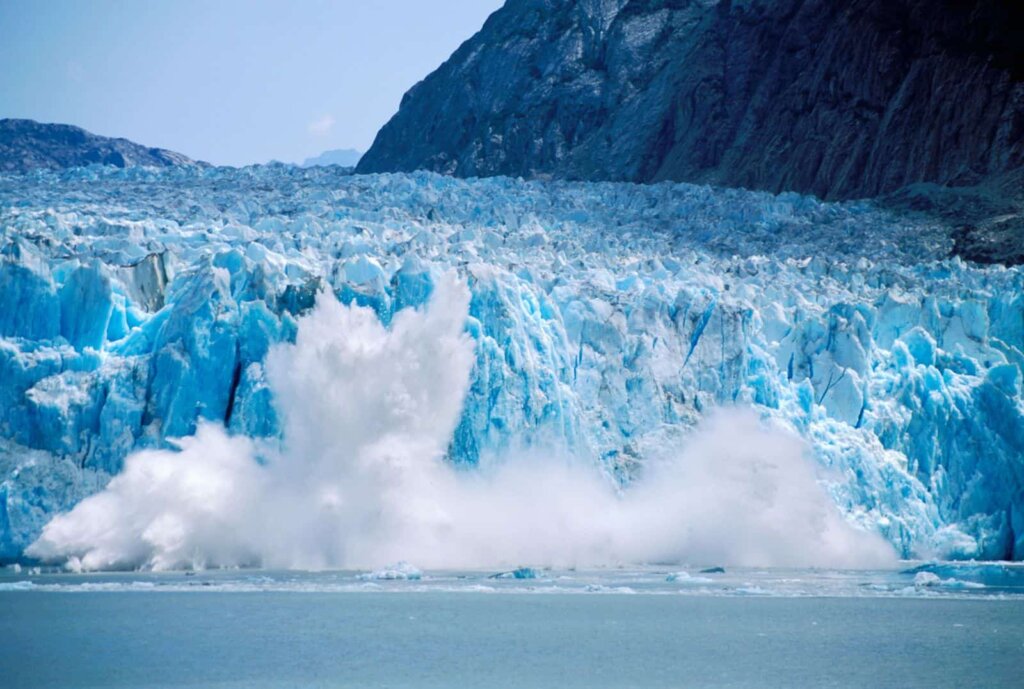
According to the information transmitted by the C3S, a large part of the ice masses located in Antarctica remains water. Moreover, this melting rate has reached the largest rate in history. So what kind of damage does the melting of glaciers do to us?
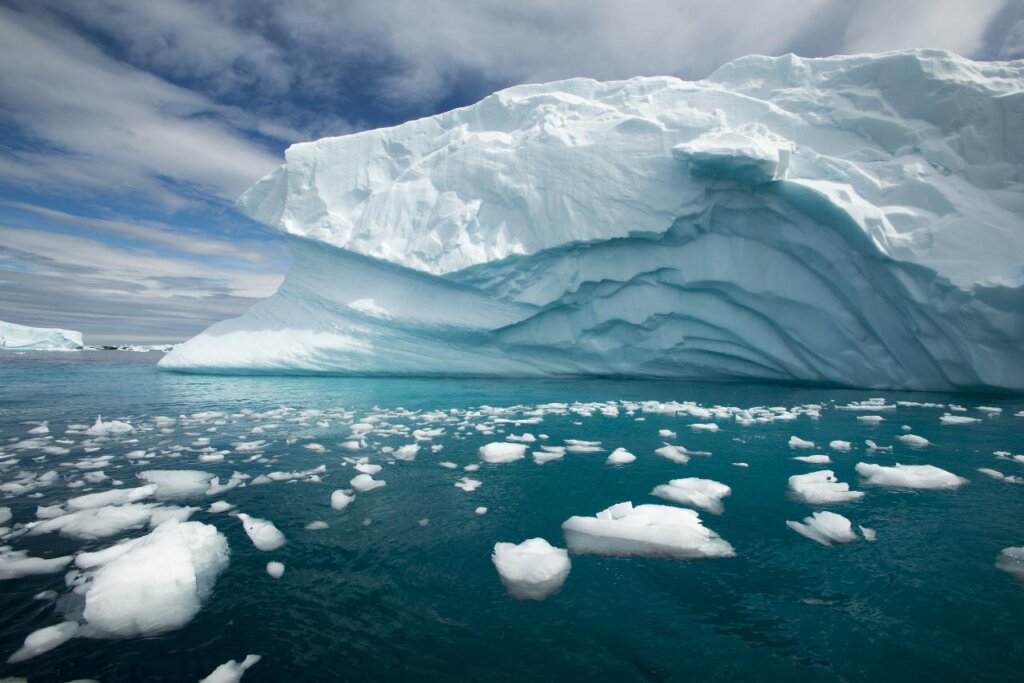
Unfortunately, the latest information shared by C3S is quite scary. According to C3S data, the proportion of sea ice found in Antarctica fell to the lowest level in history last July.
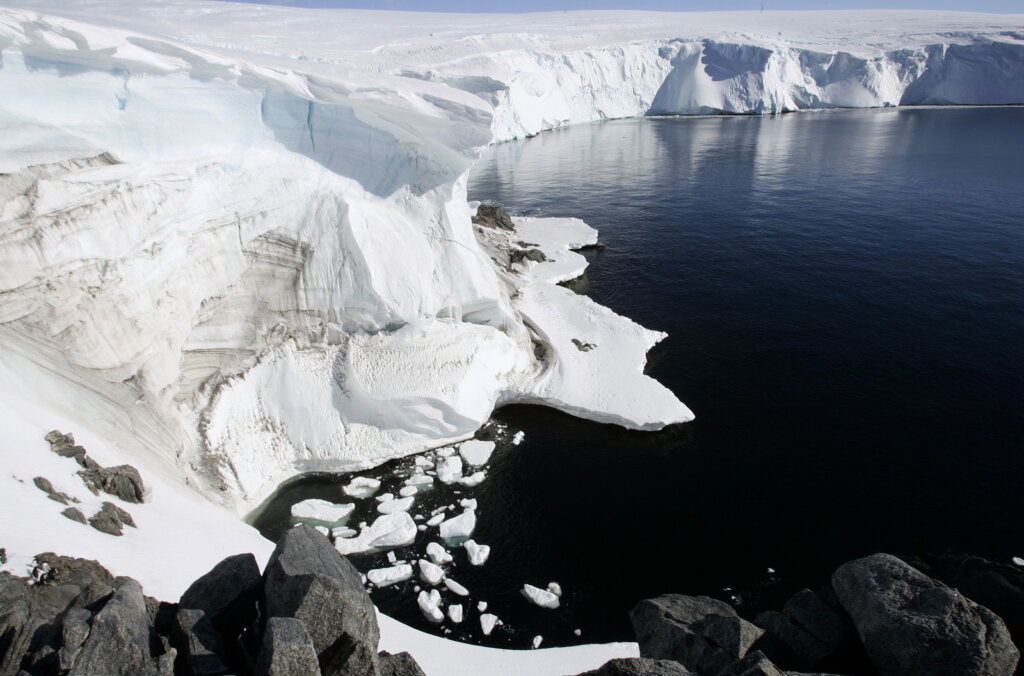
It is reported that the sea ice areas in Antarctica have Decayed to 1 million 53 thousand kilometers, which is 7 percent less observed than the lowest level measured between 1991 and 2020.
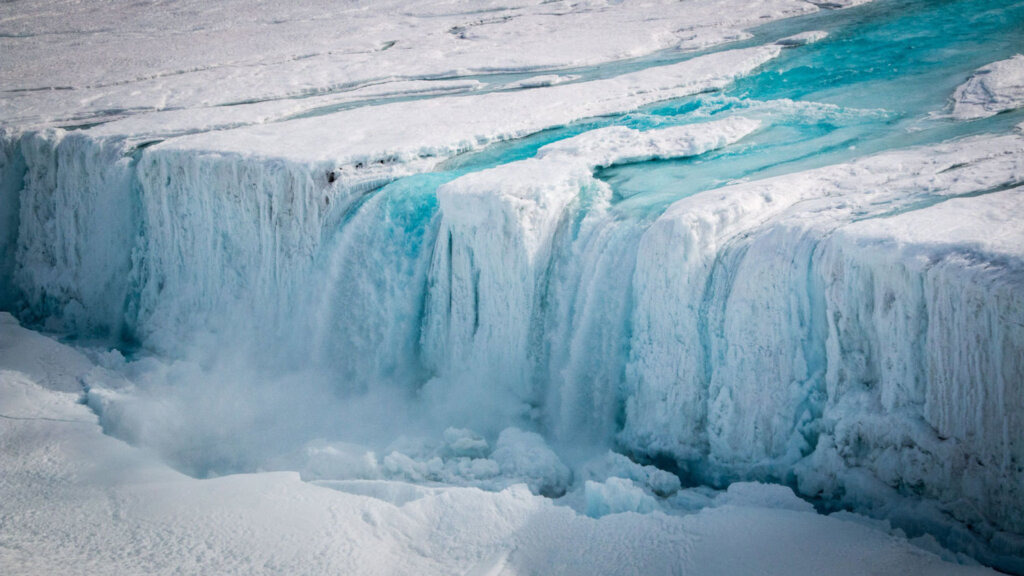
Although this number sounds quite a lot, 98 percent is very low for a region covered with ice. A similar record was set in June 2022 due to the impact of climate change, but the figures detected last month were the lowest level ever found in the measured sea ice ratio for 44 years.
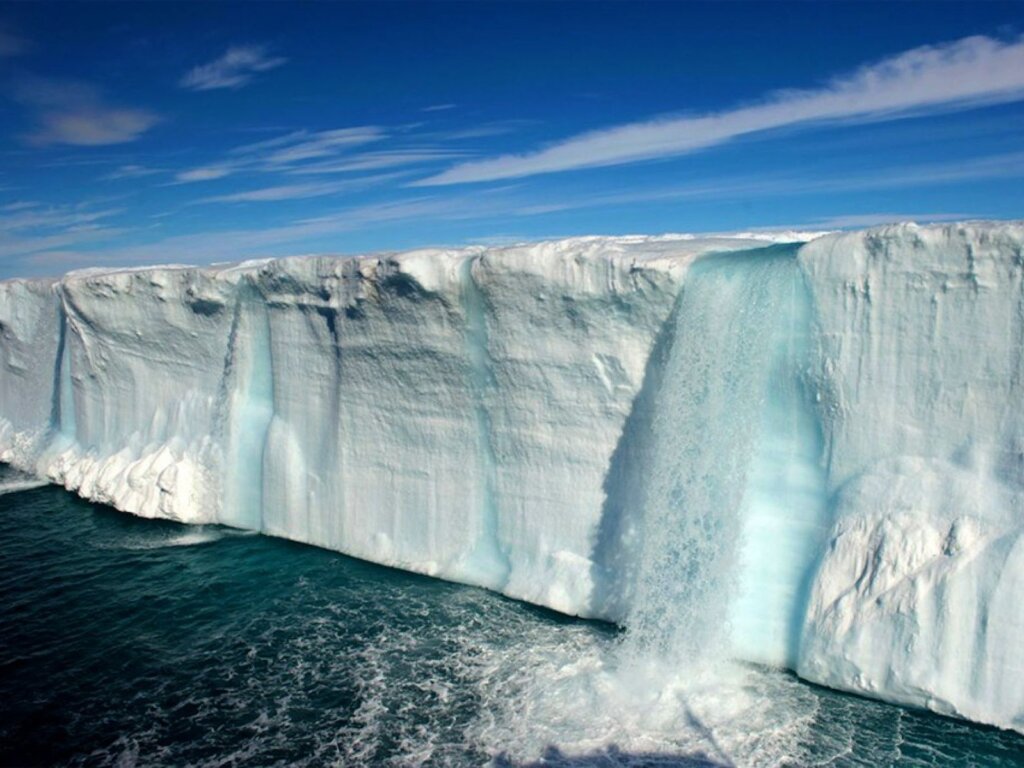
So what are the consequences of the decline in sea ice level?
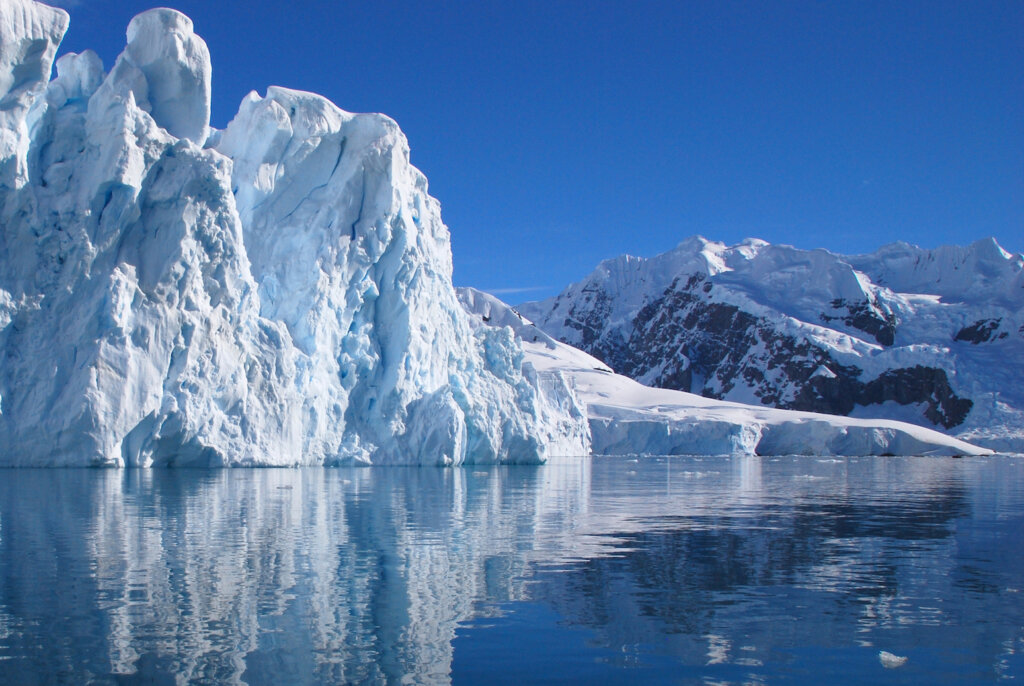
Of course, the biggest consequences of this pose a great danger to the living beings living in Antarctica. Most of these creatures continue to live in cold weather conditions and glaciers. However, the constant melting of sea ice and glaciers is both restricting their habitat and endangering their generation, as this causes them to find less food.
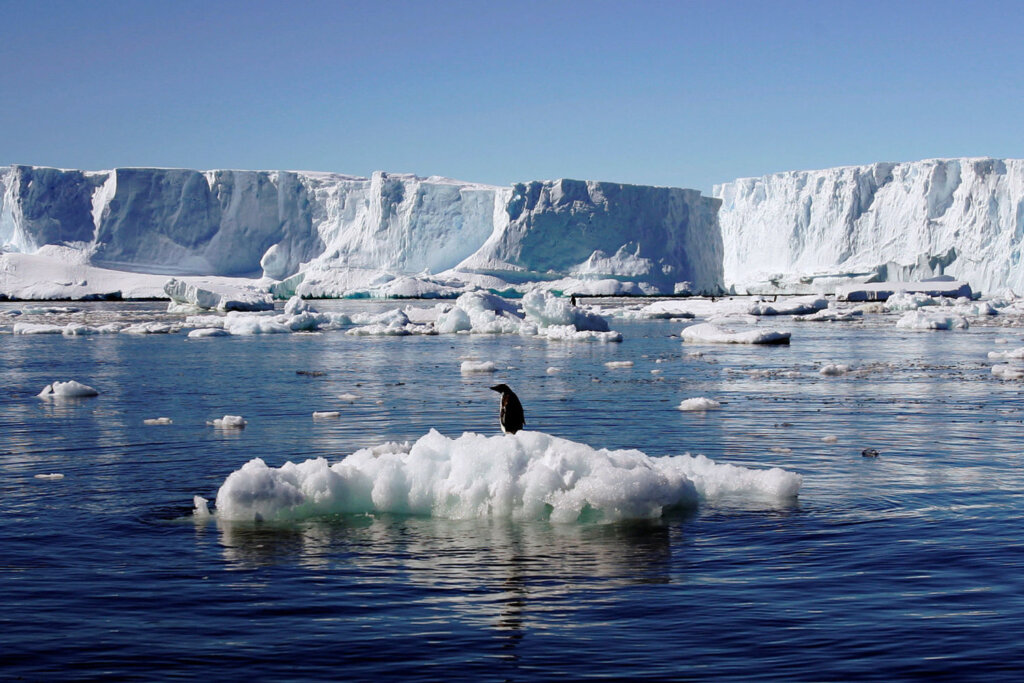
It would be a big mistake to think that this event, which is far away from us, will not affect us, because it affects us too much. Especially at the beginning of these effects, sea level rise comes all over the world with the melting of ice. This means that habitats in cities built by the sea can be compromised and even flooded.
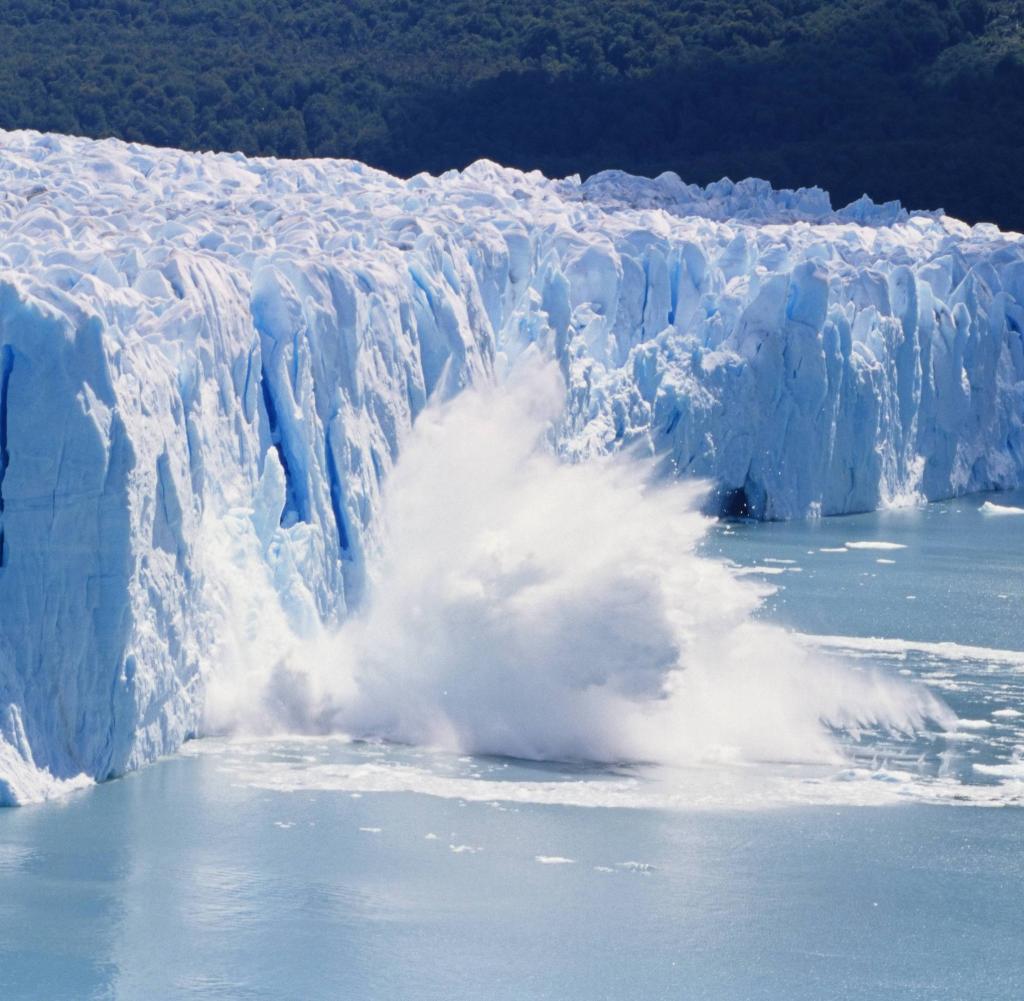
Experts point to the increase in forest fires as another consequence of the continued melting of glaciers. Of course, he’s the only one who isn’t. The situations experienced as a result of drought in North and South America, Central Asia and Australia continue to affect the whole world.
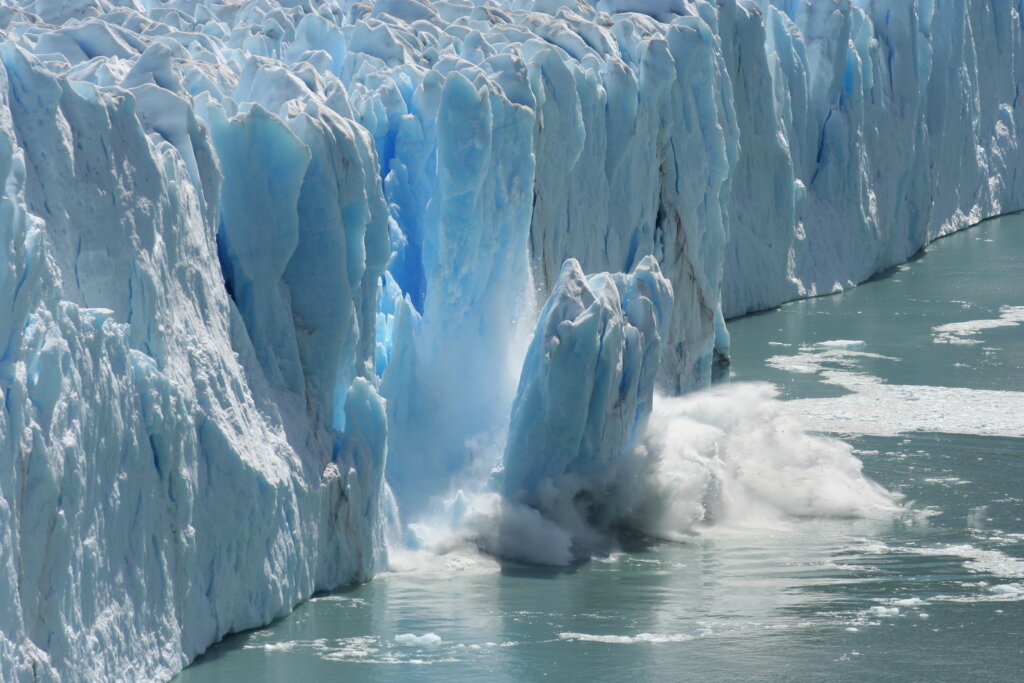
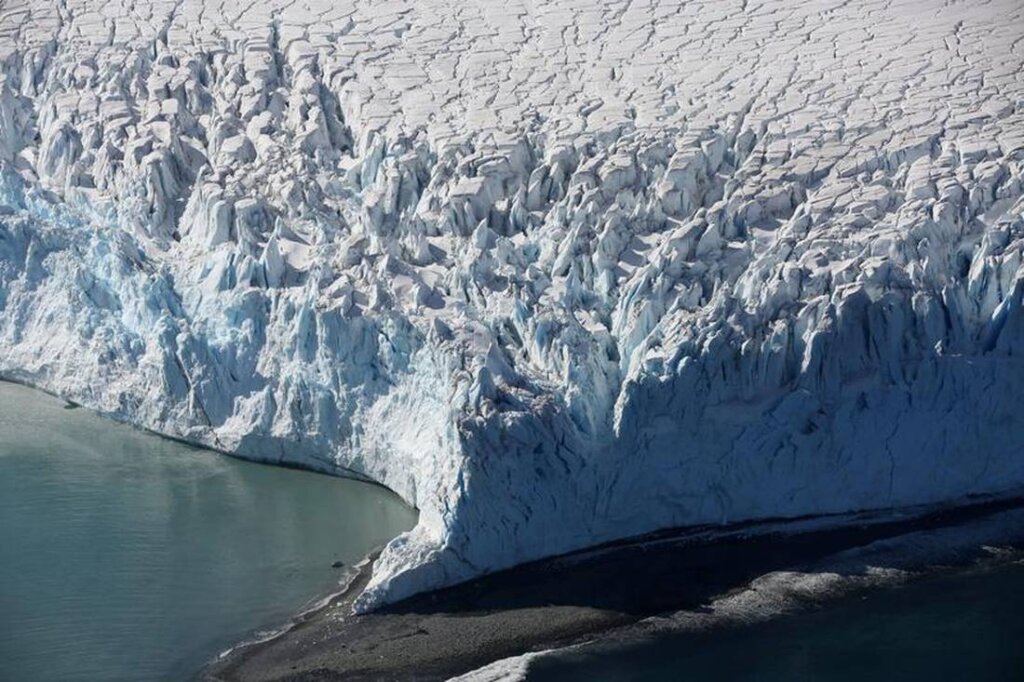
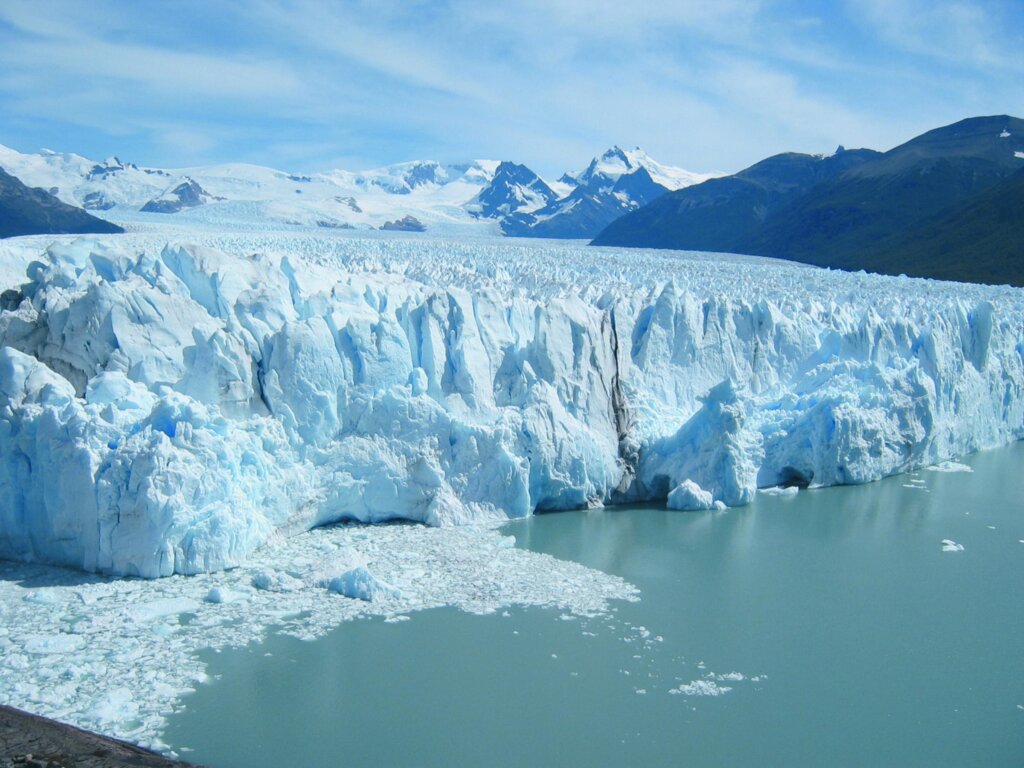
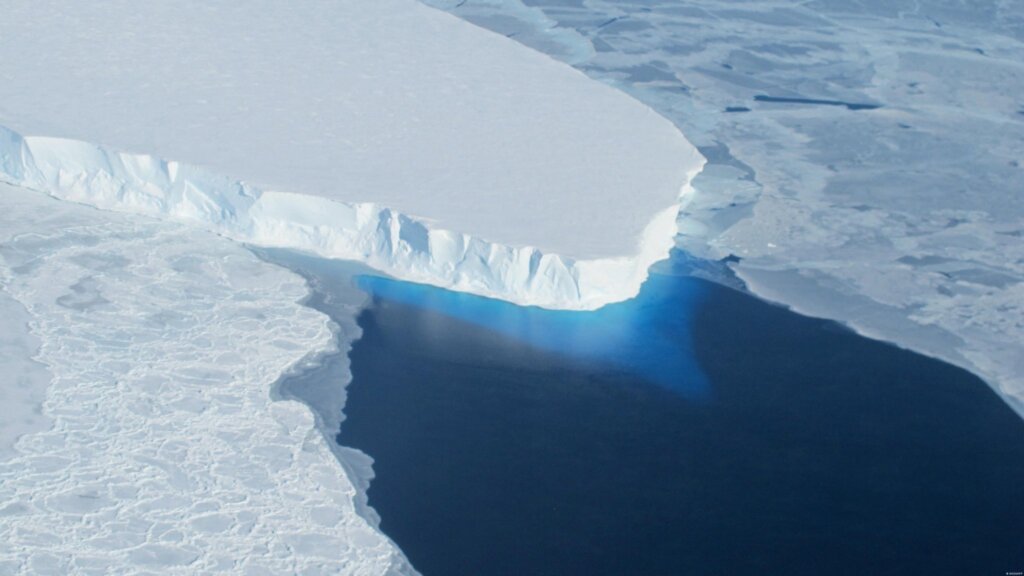
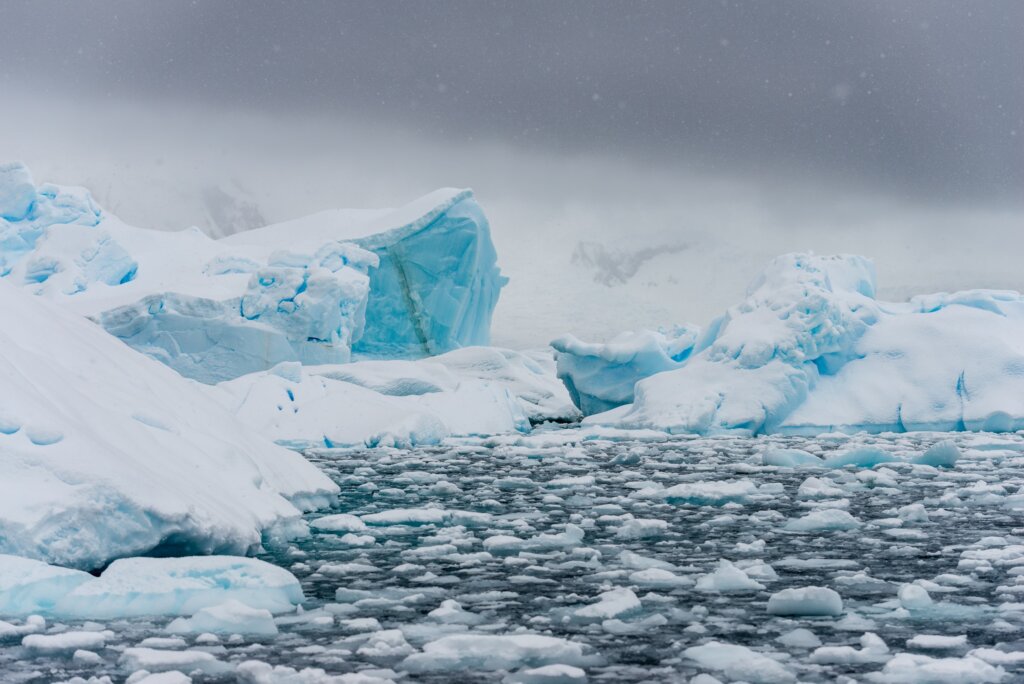
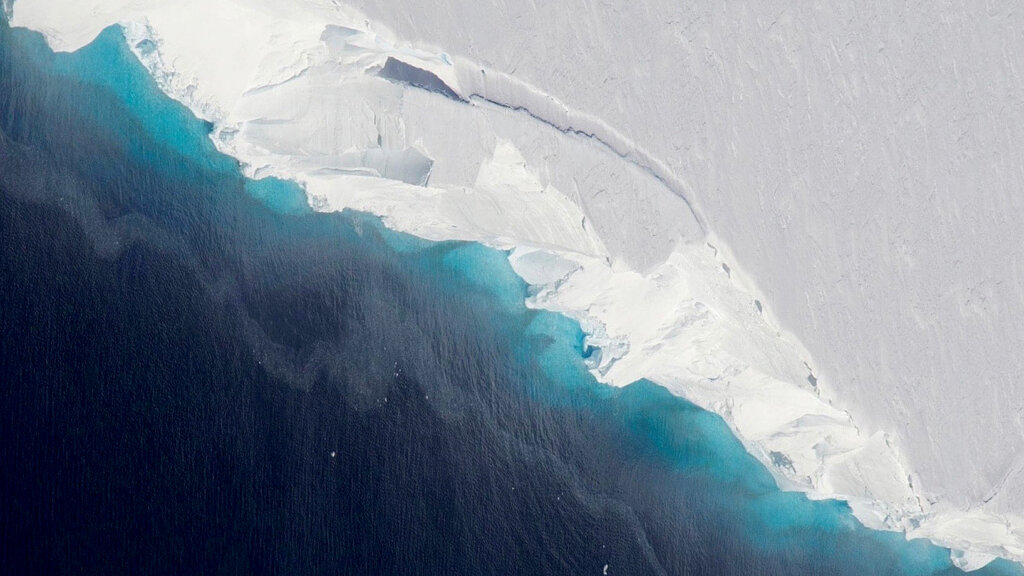
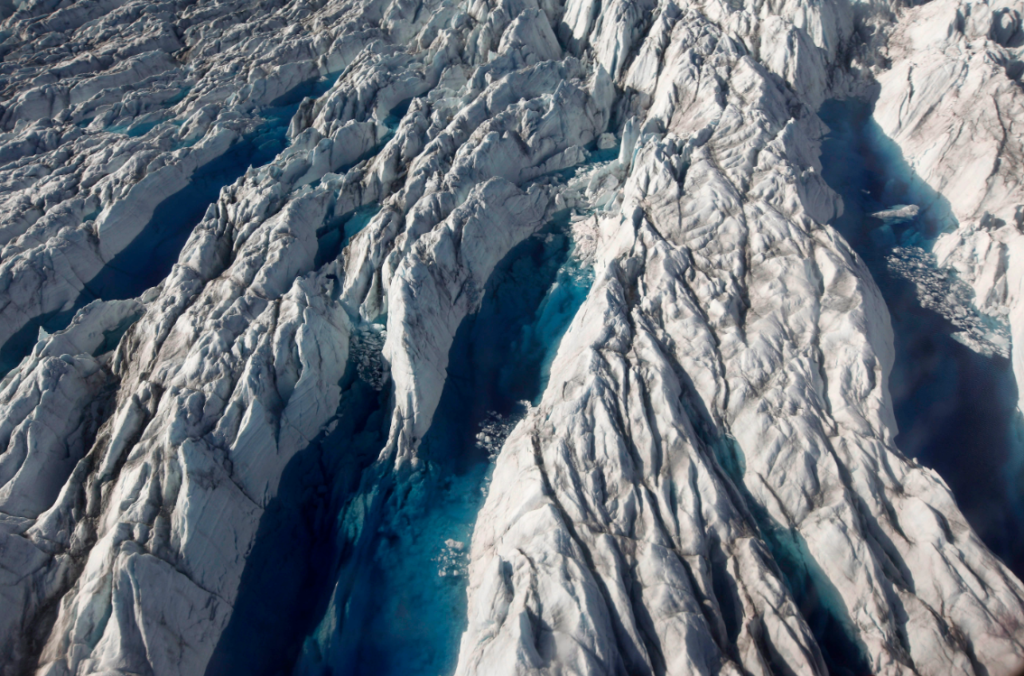
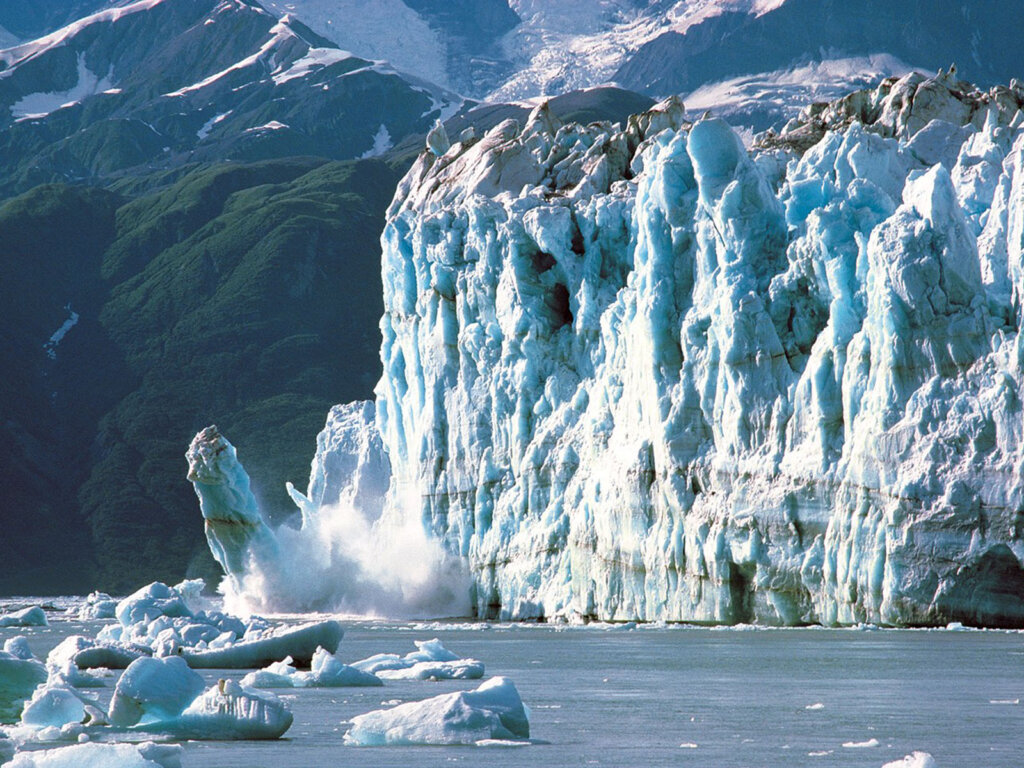
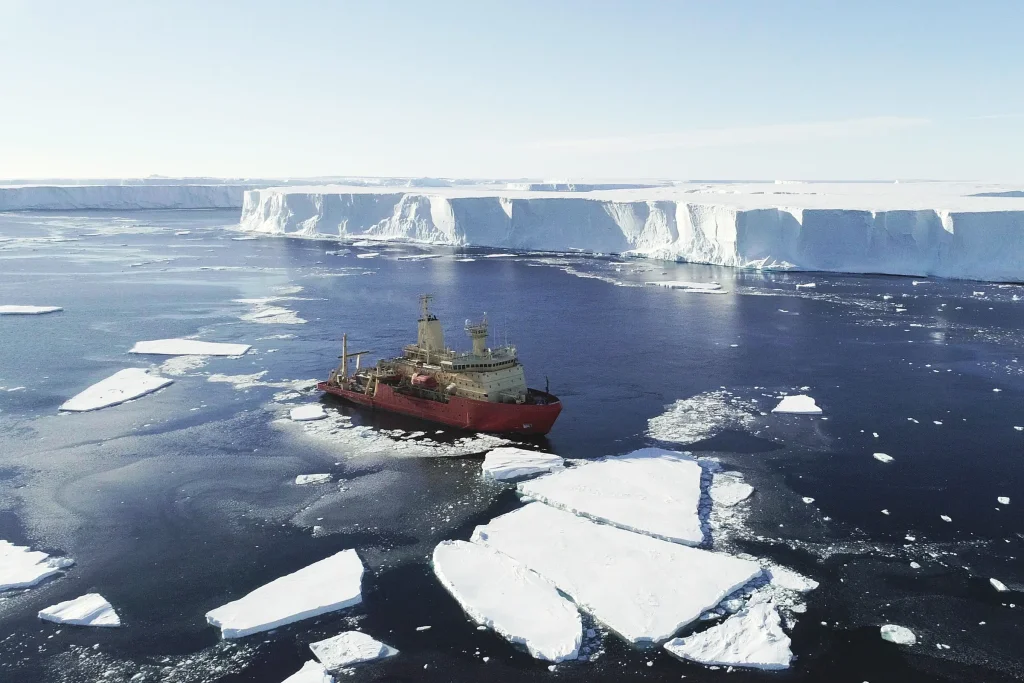
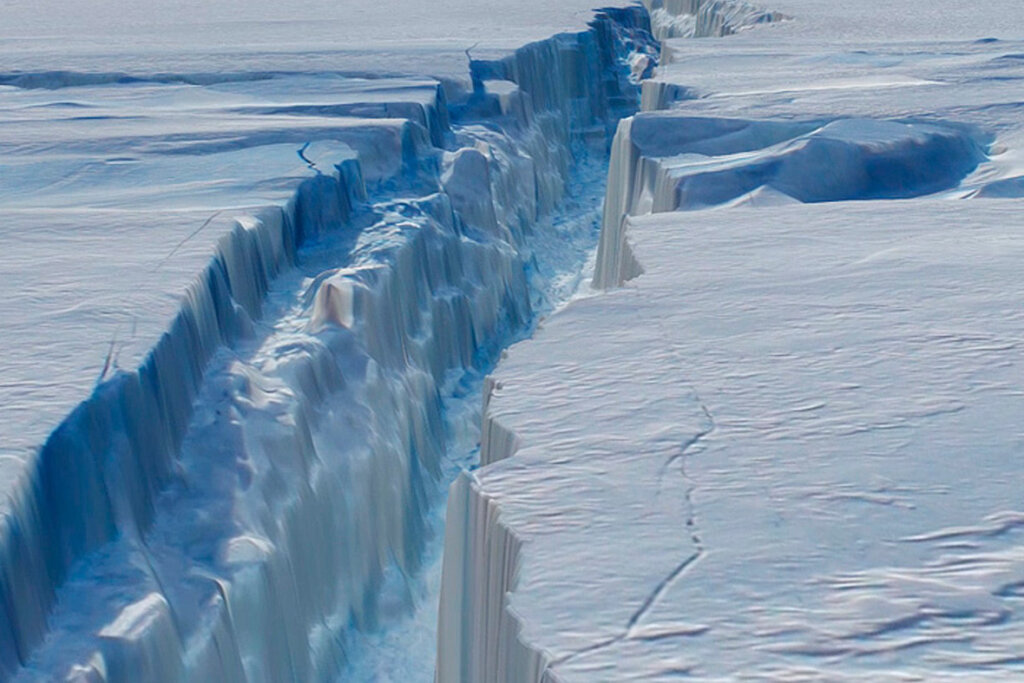
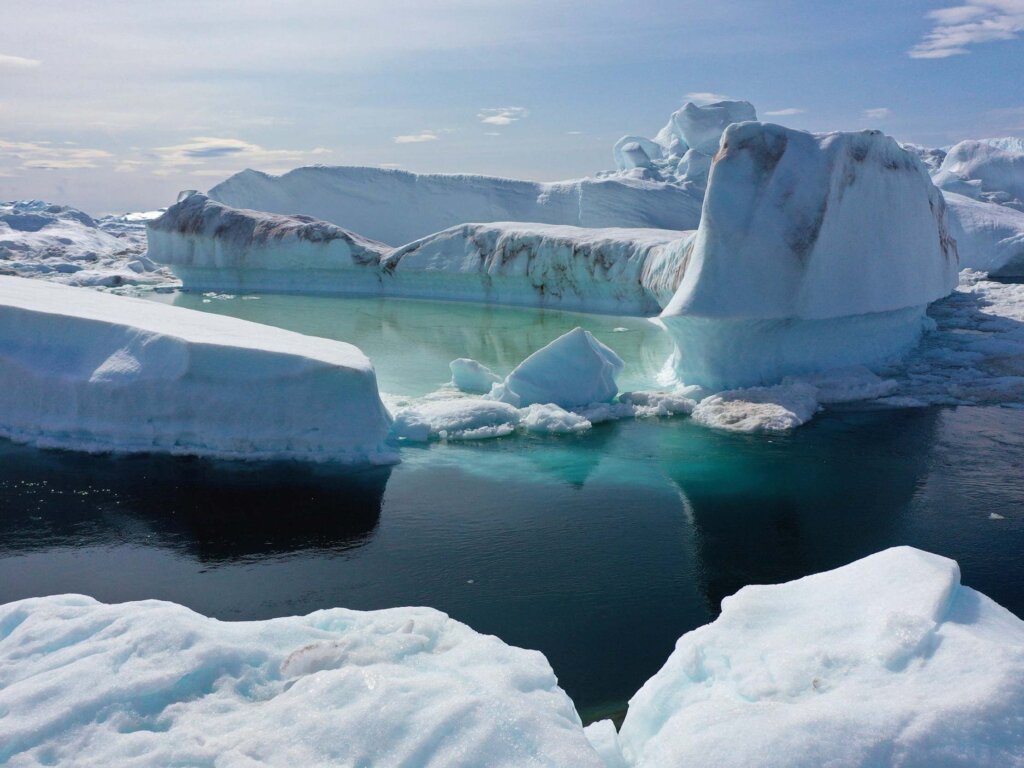
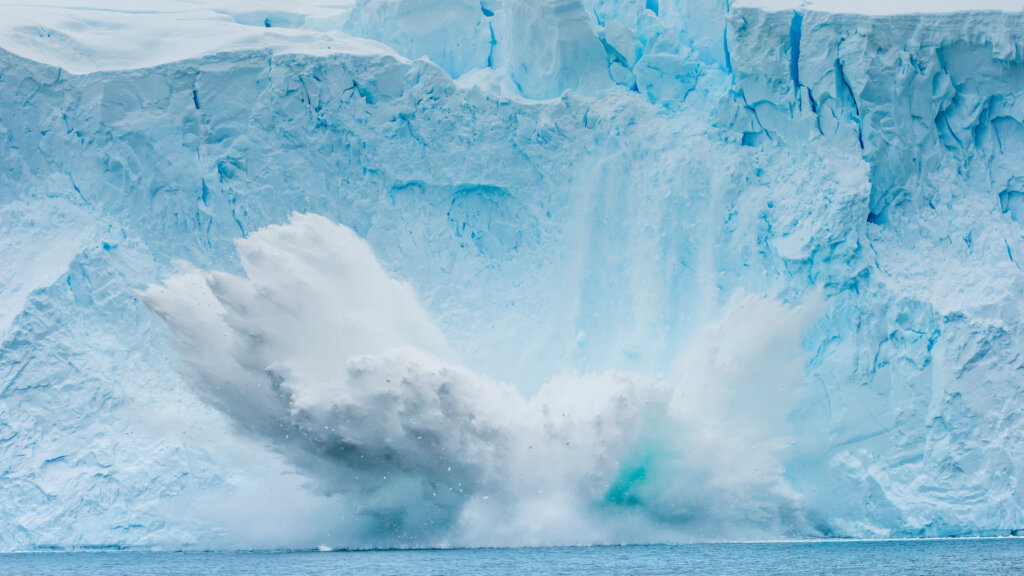
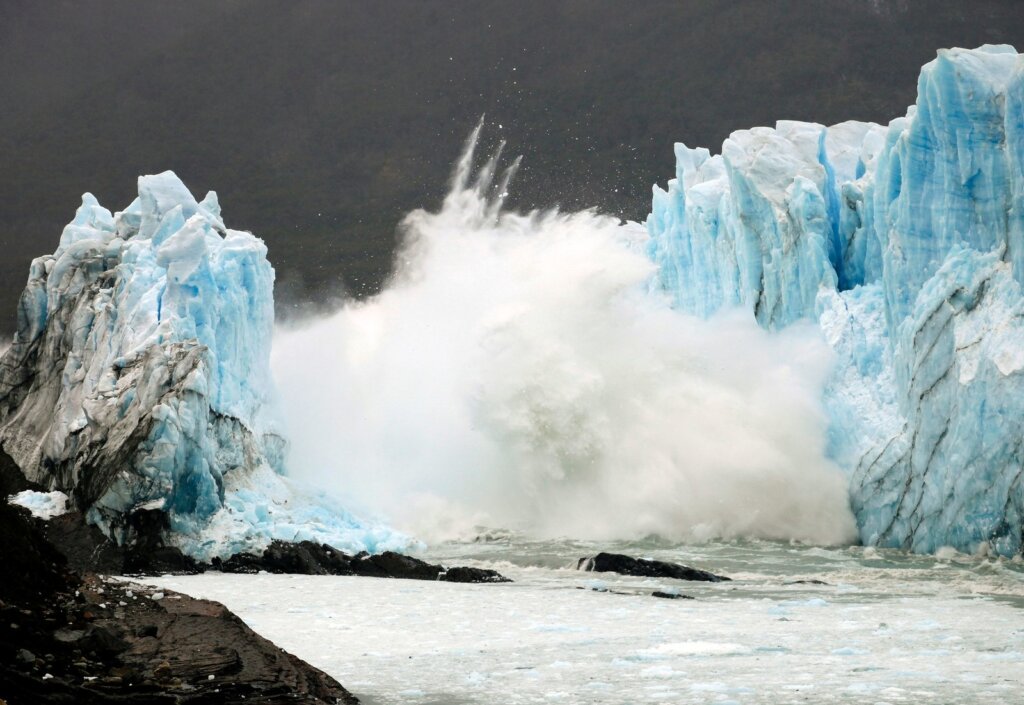
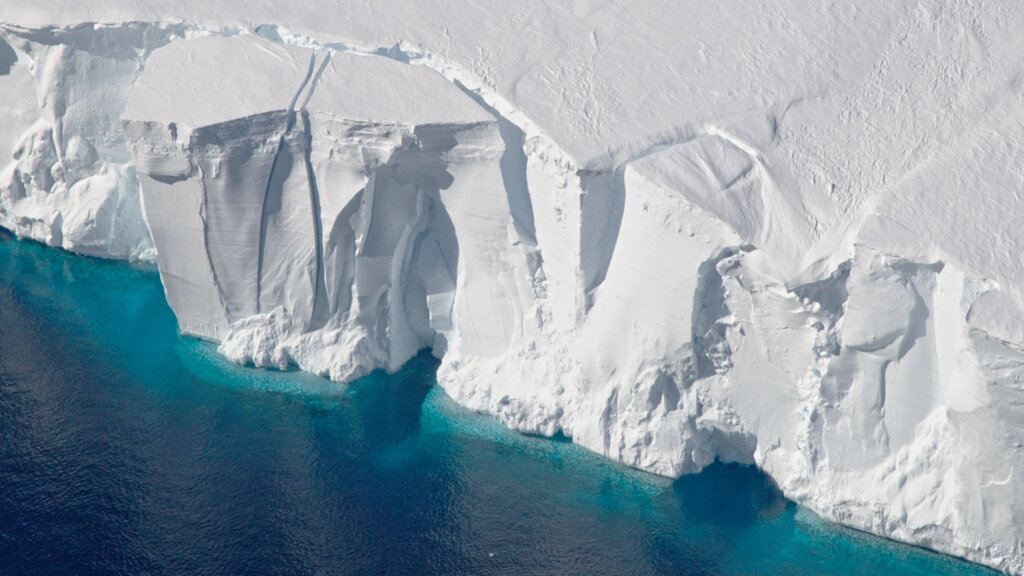
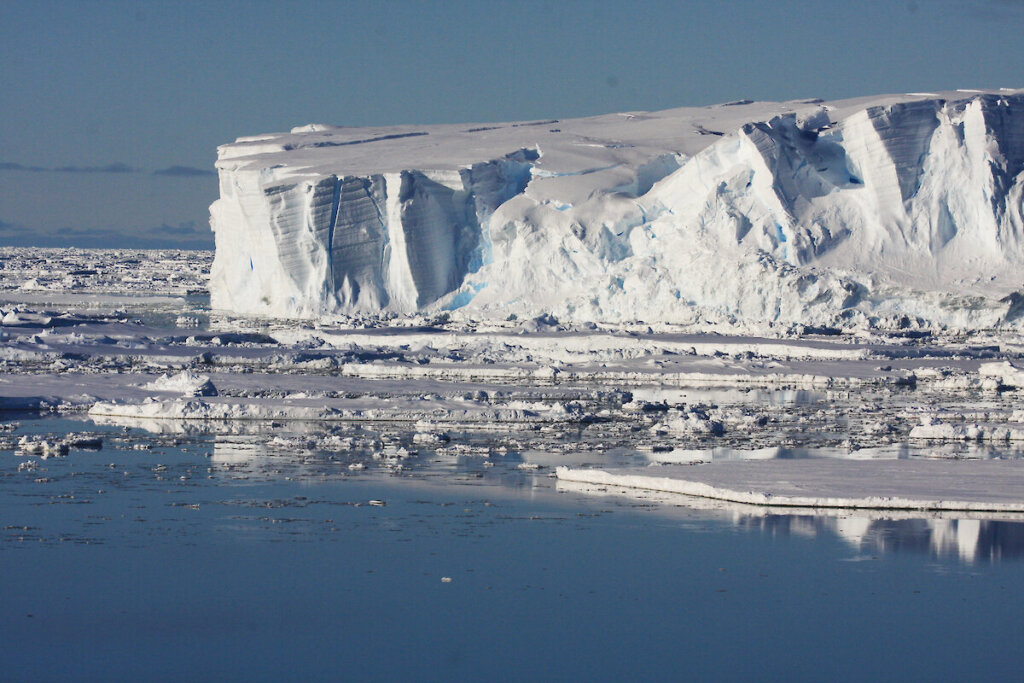
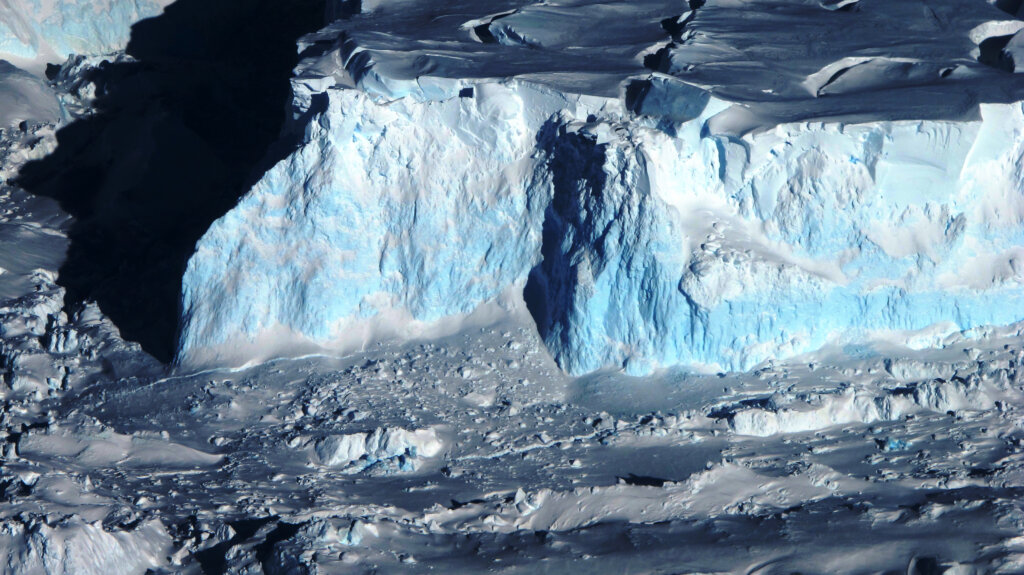
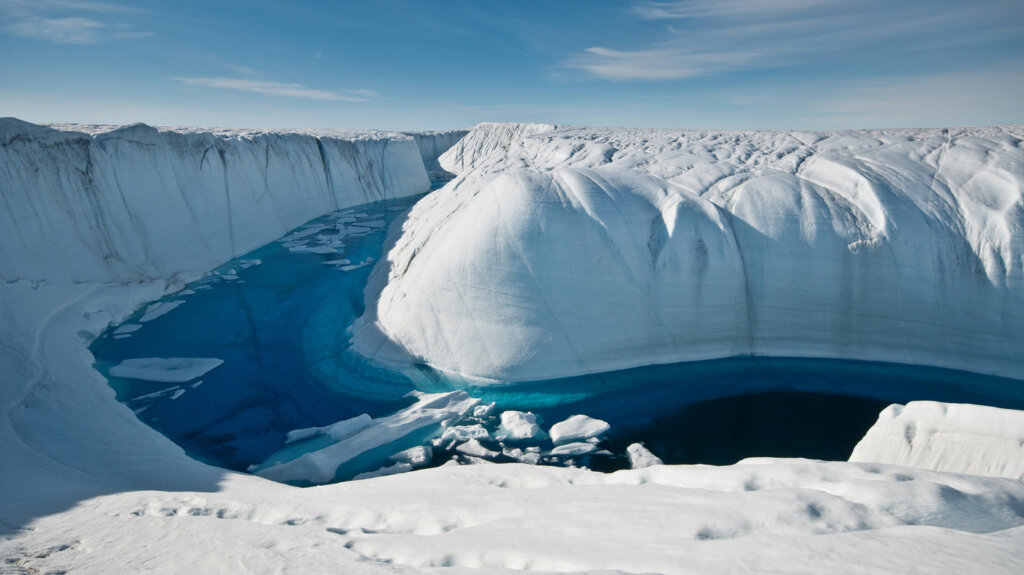
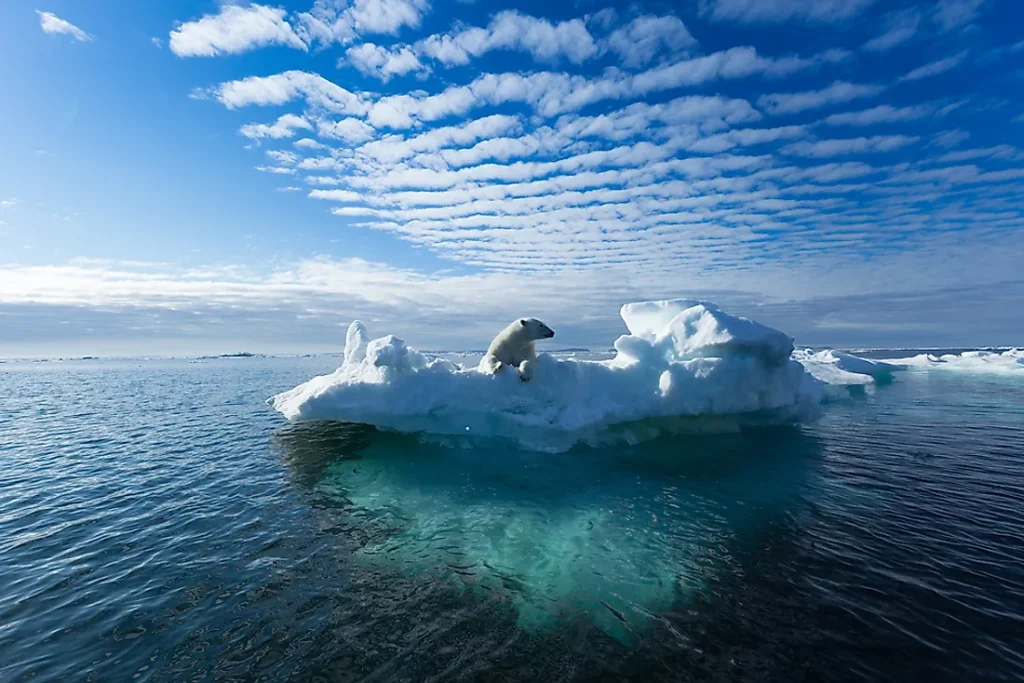
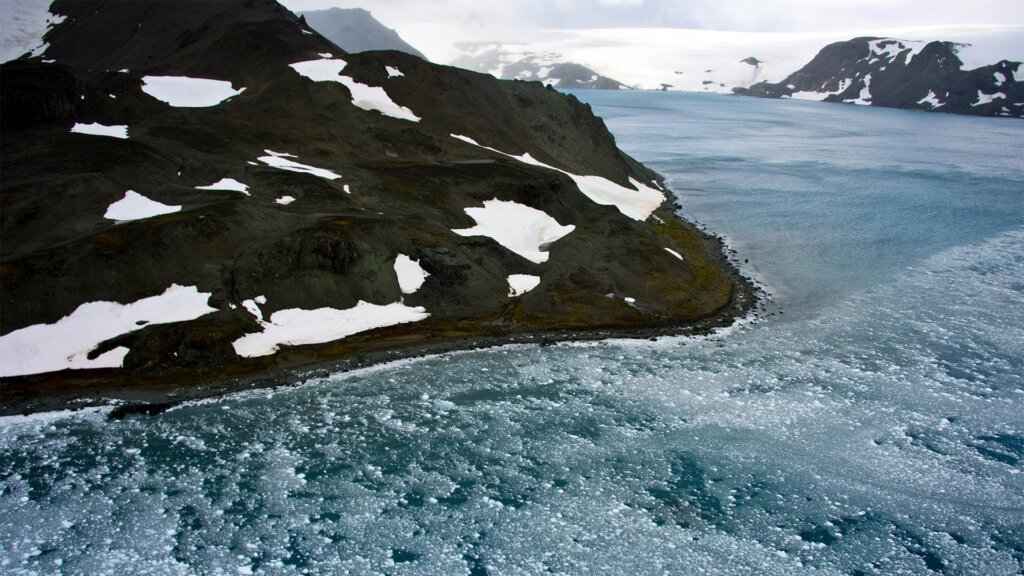
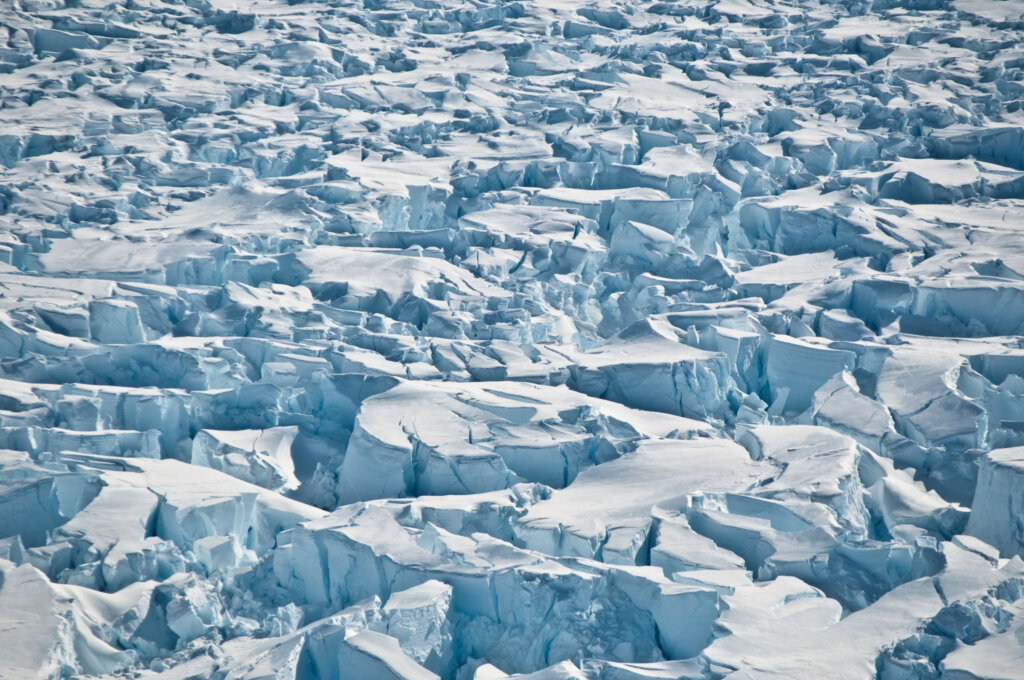
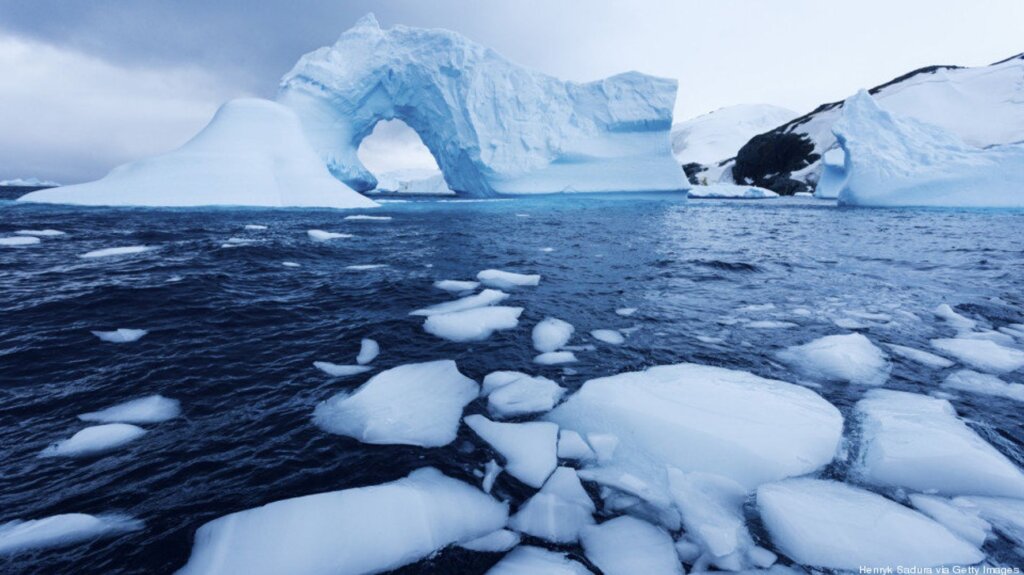
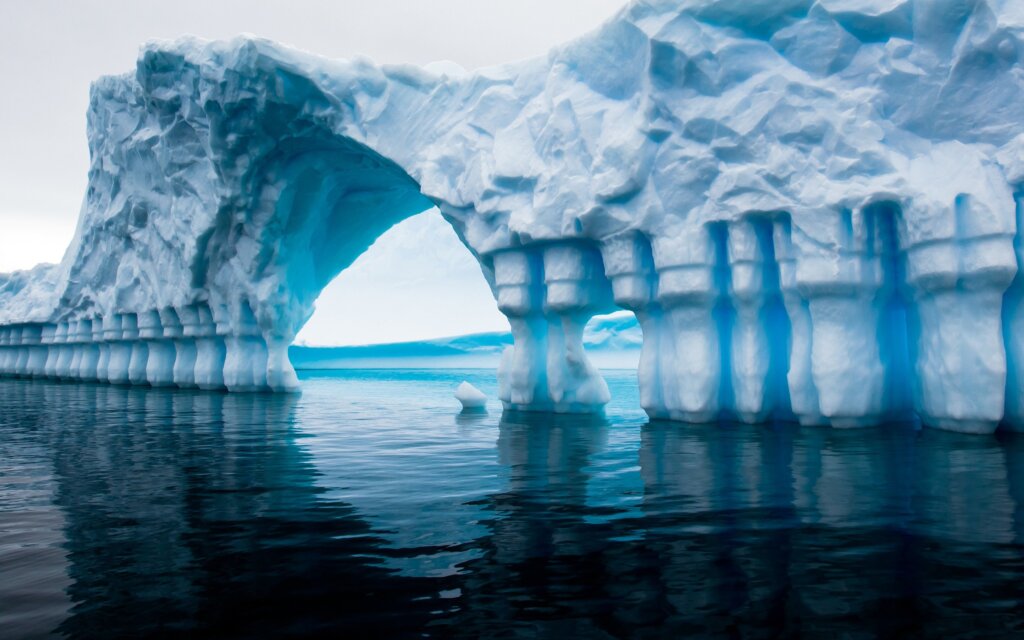
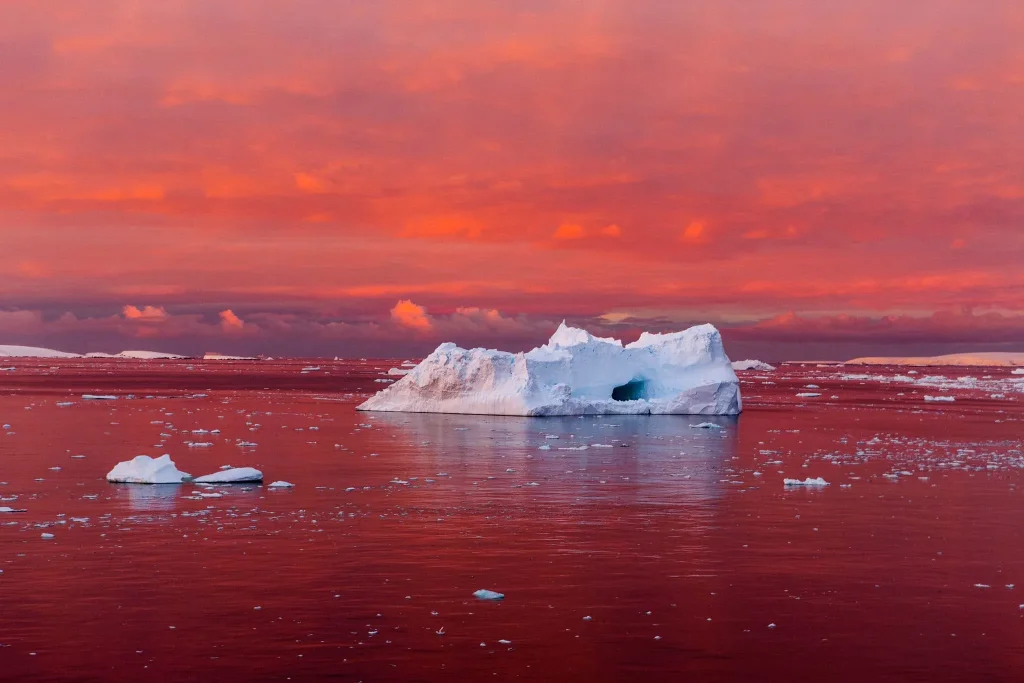
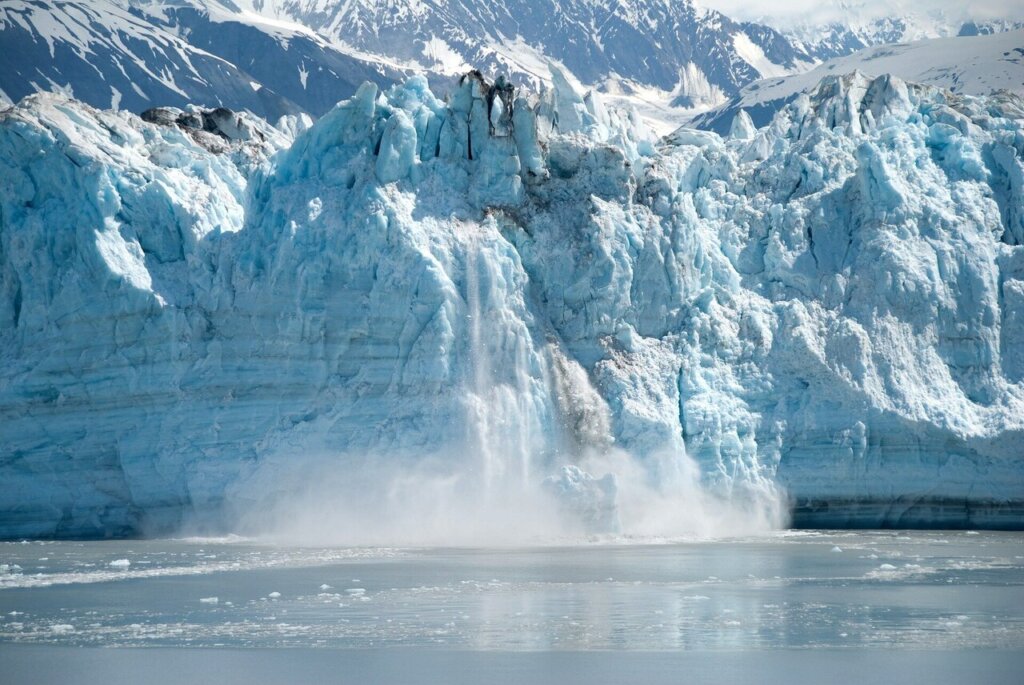
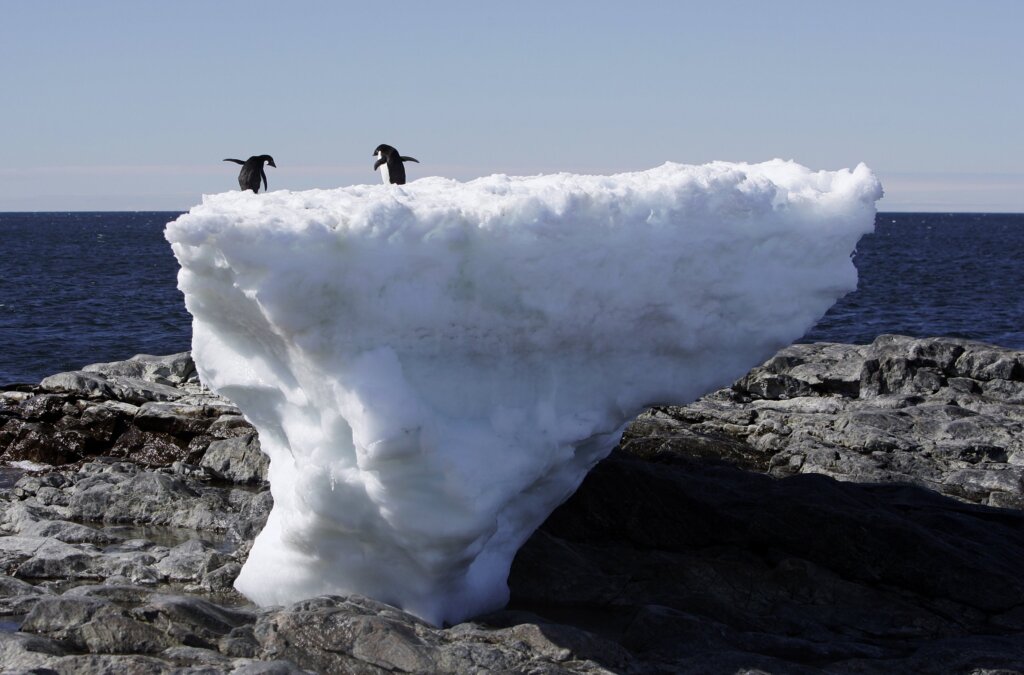
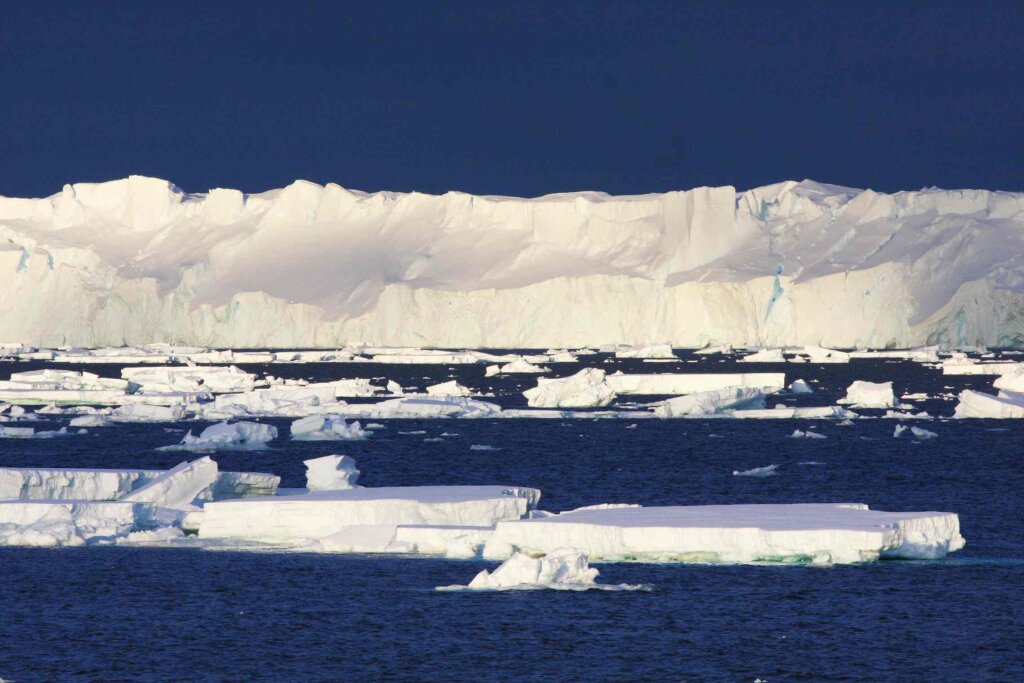
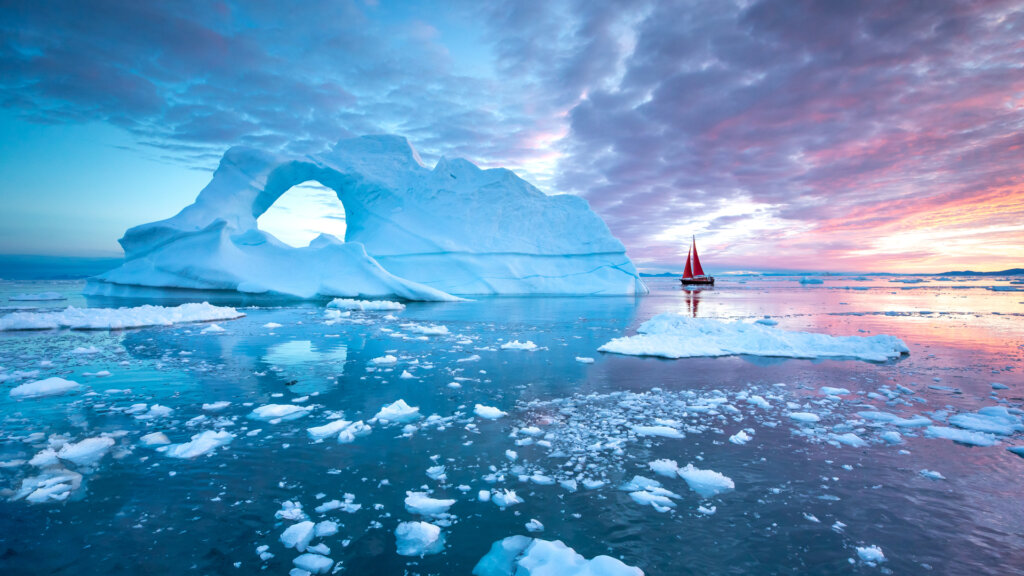
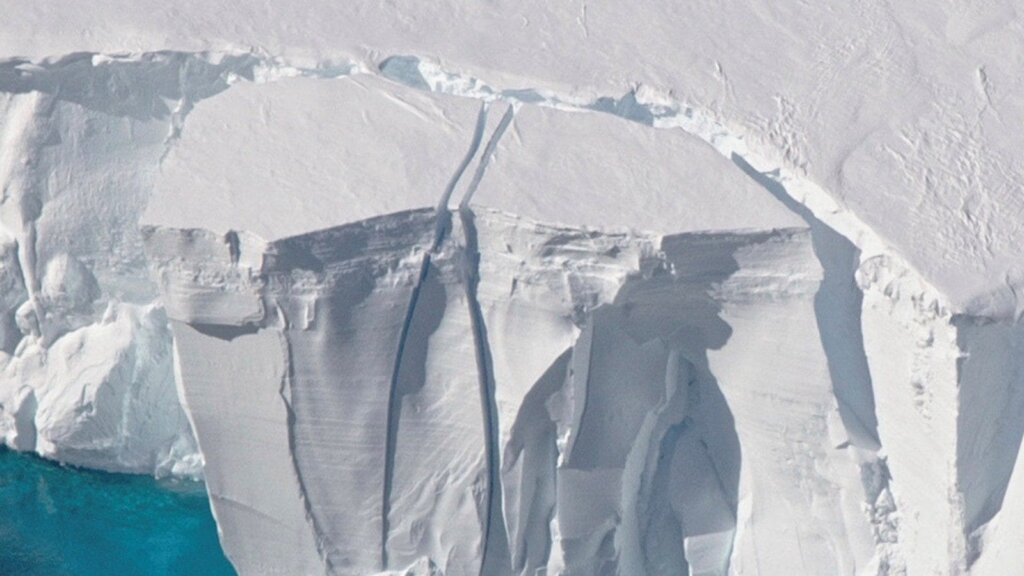
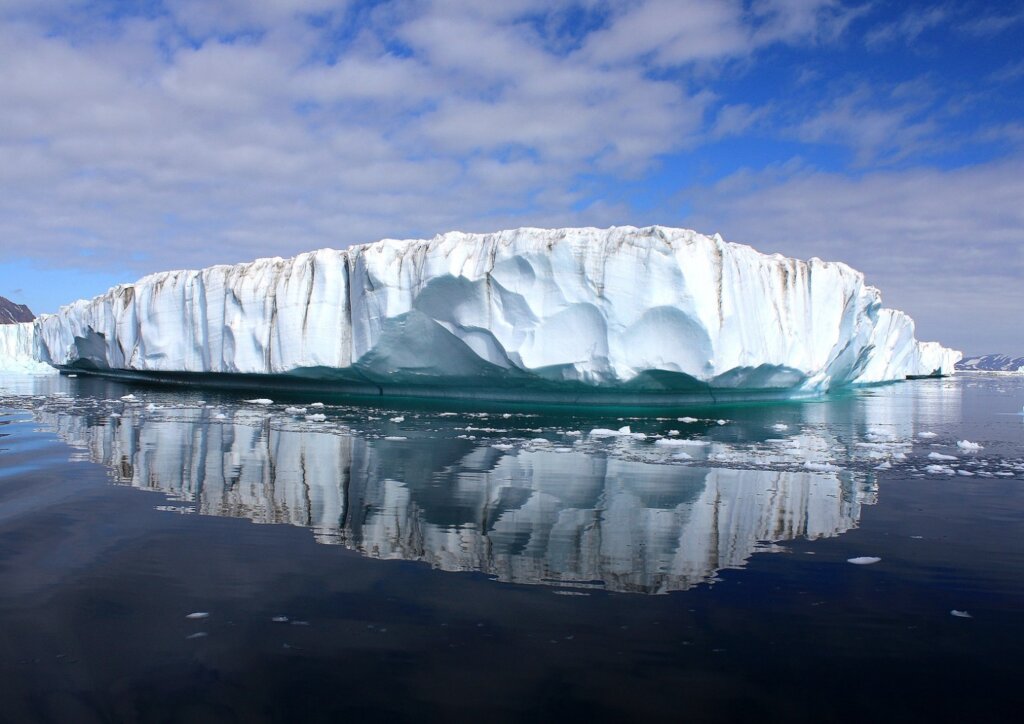
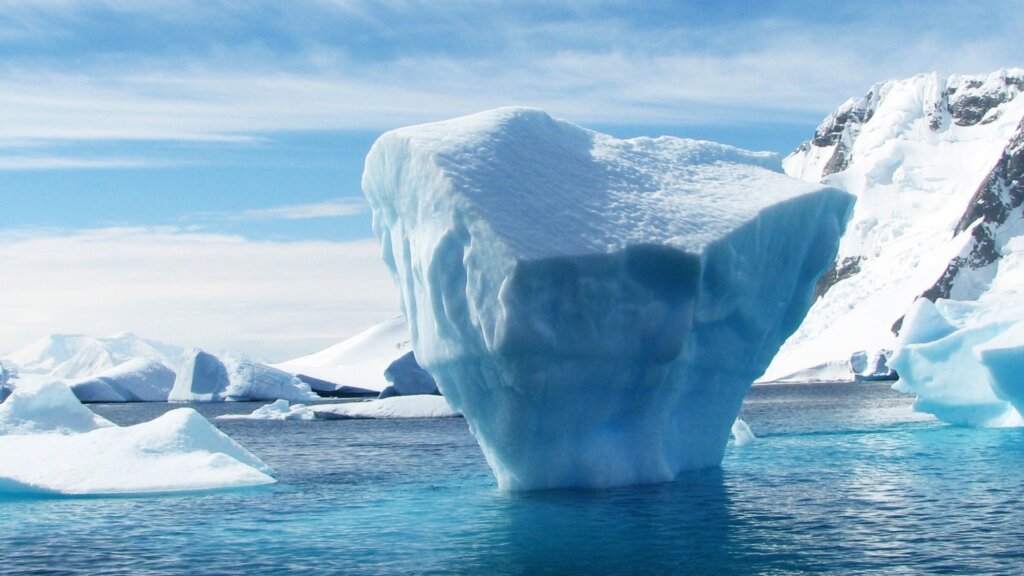
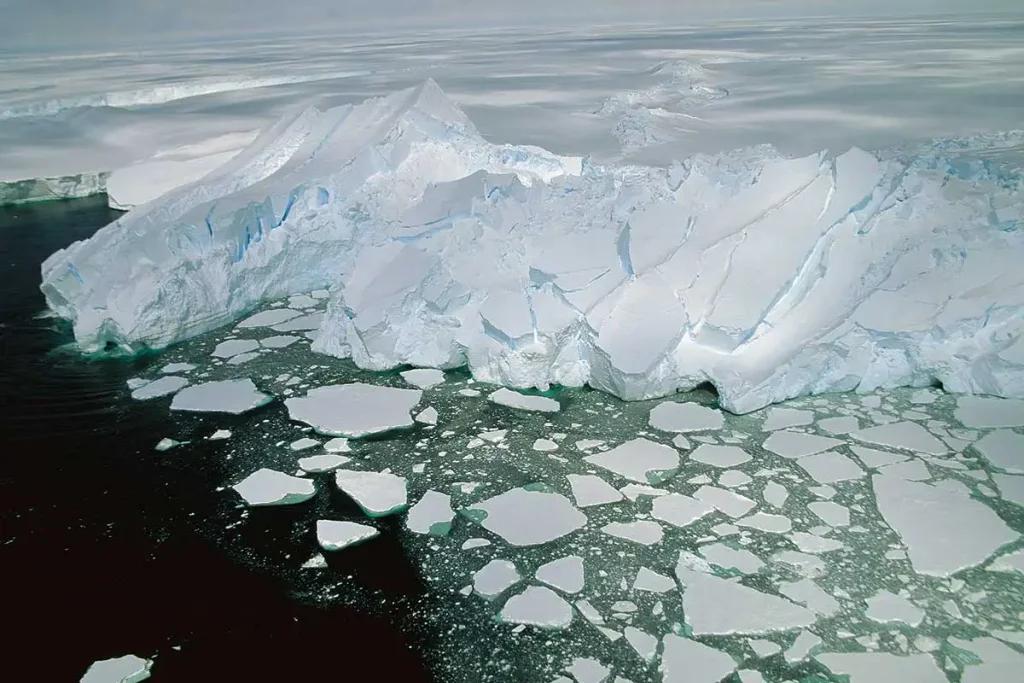
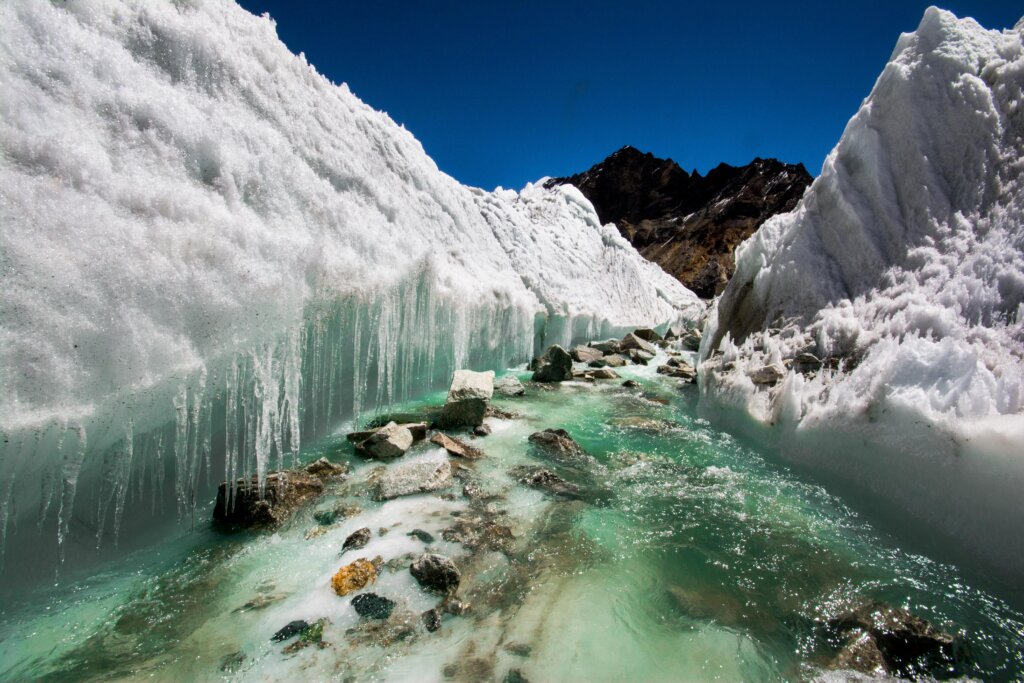
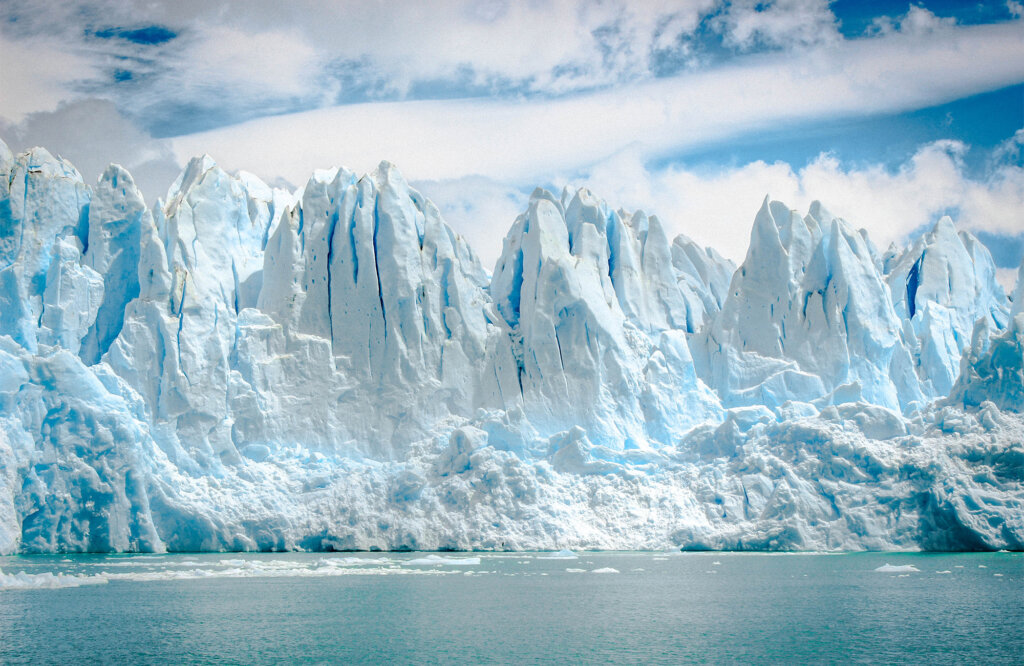
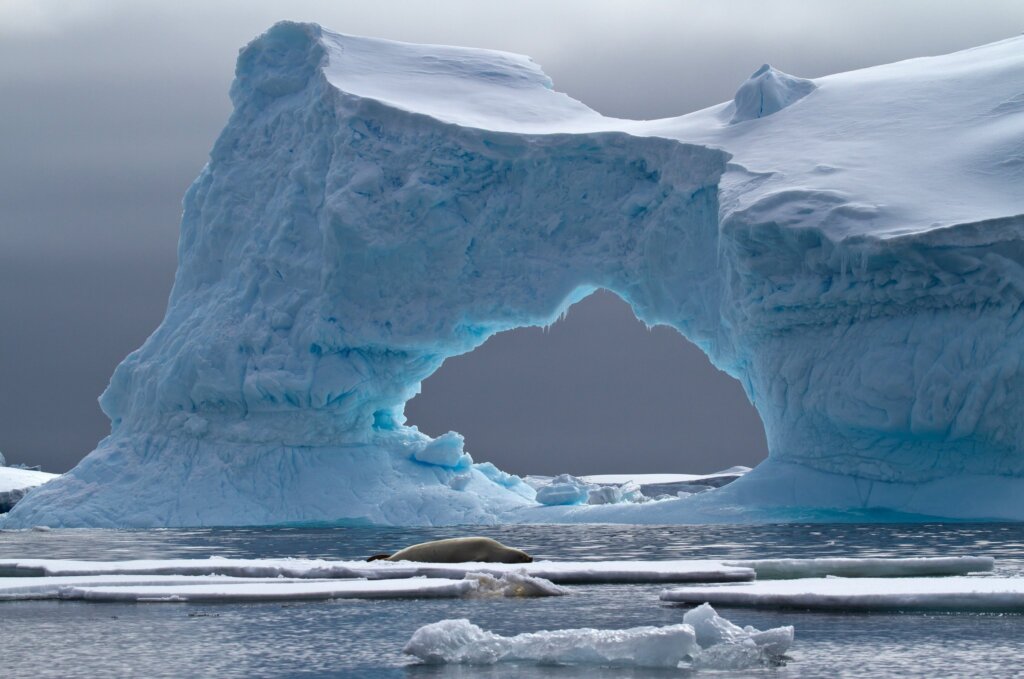
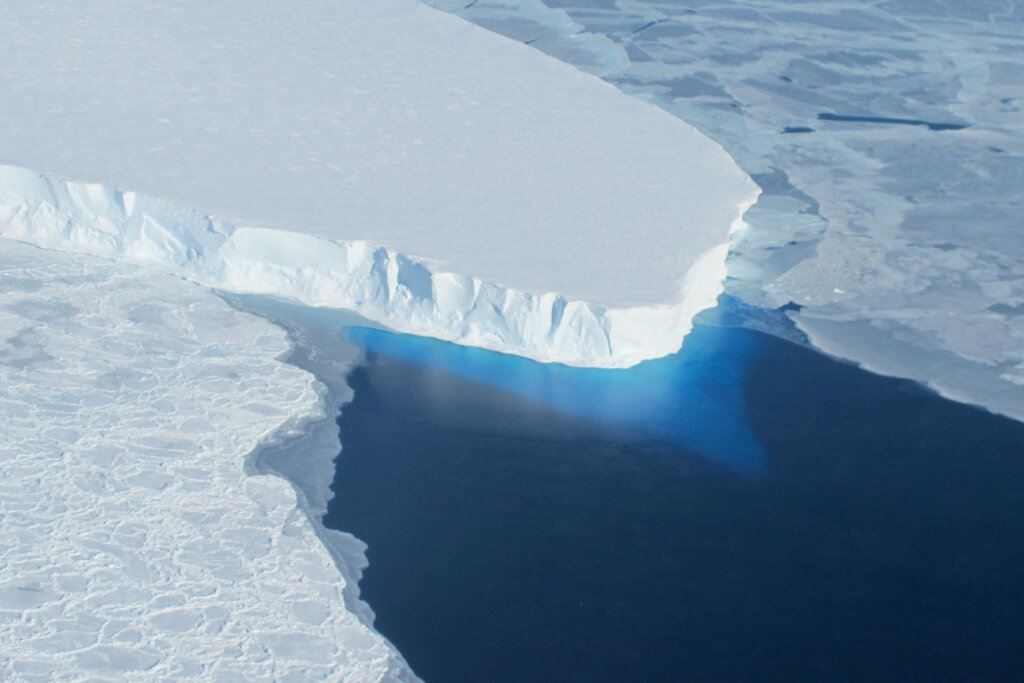
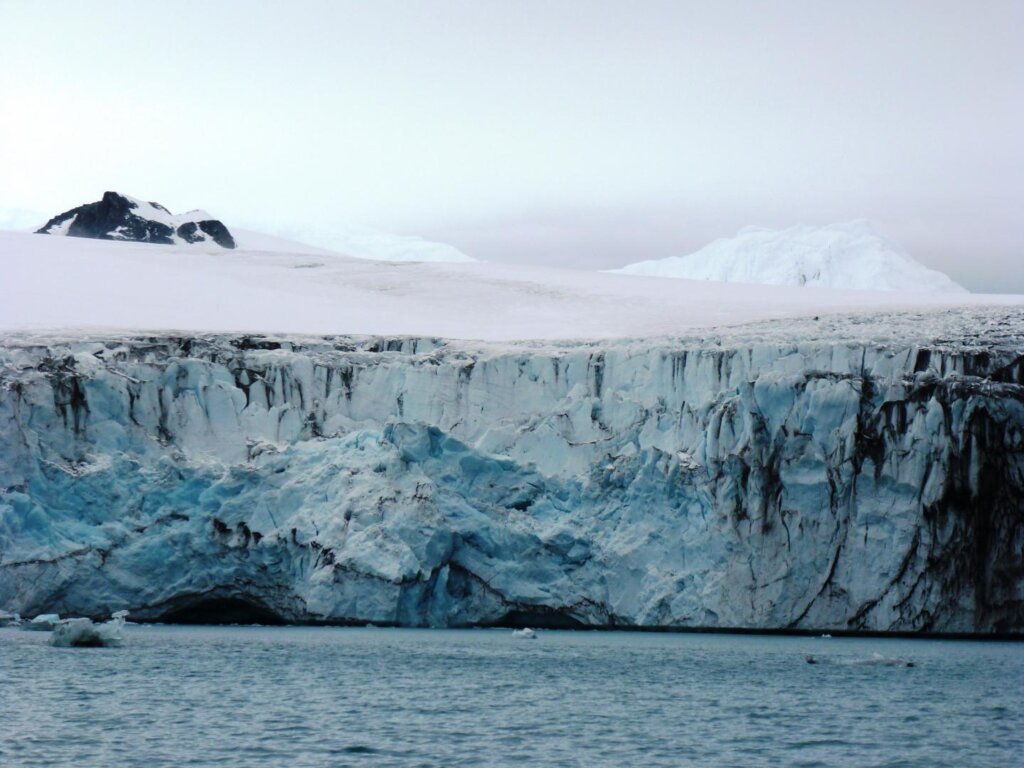
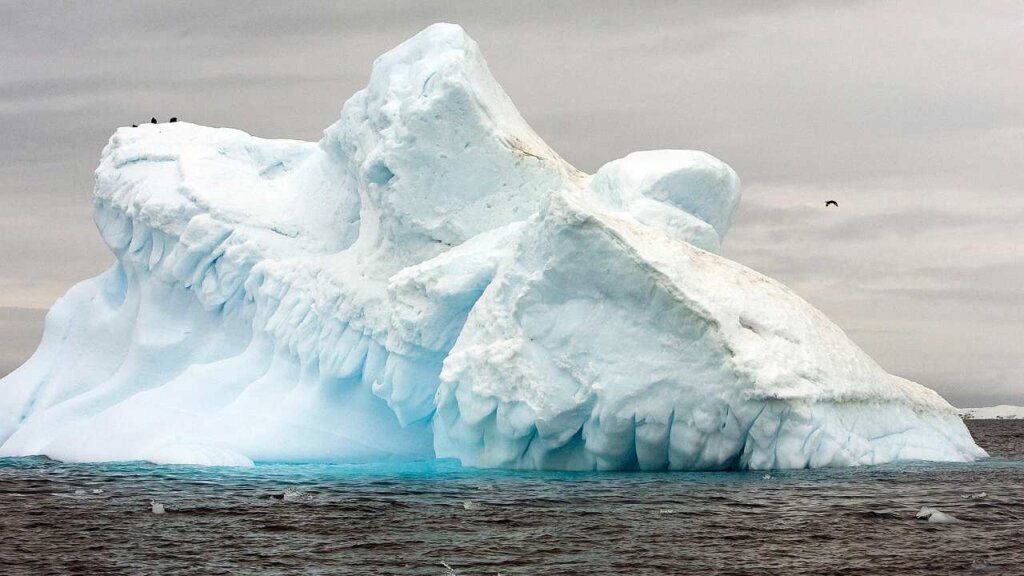
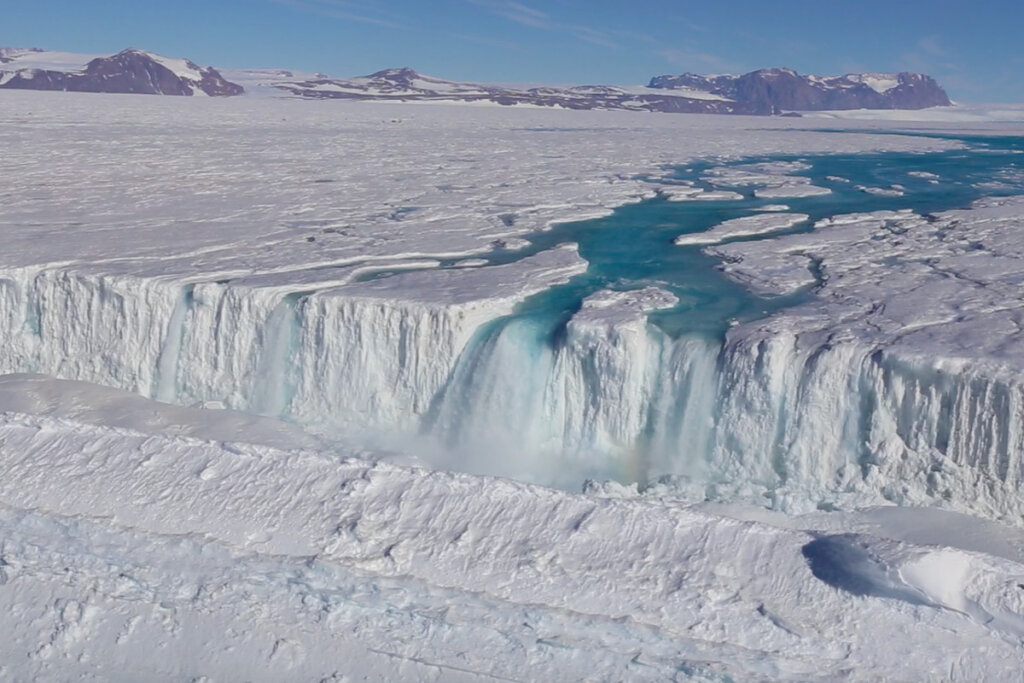
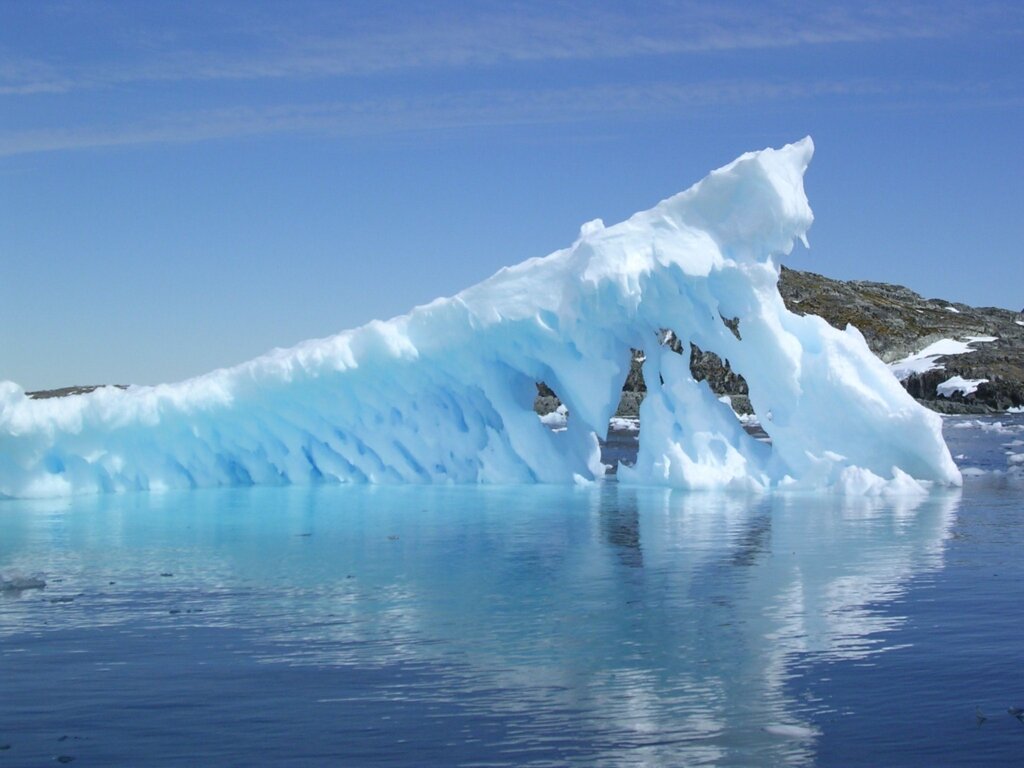
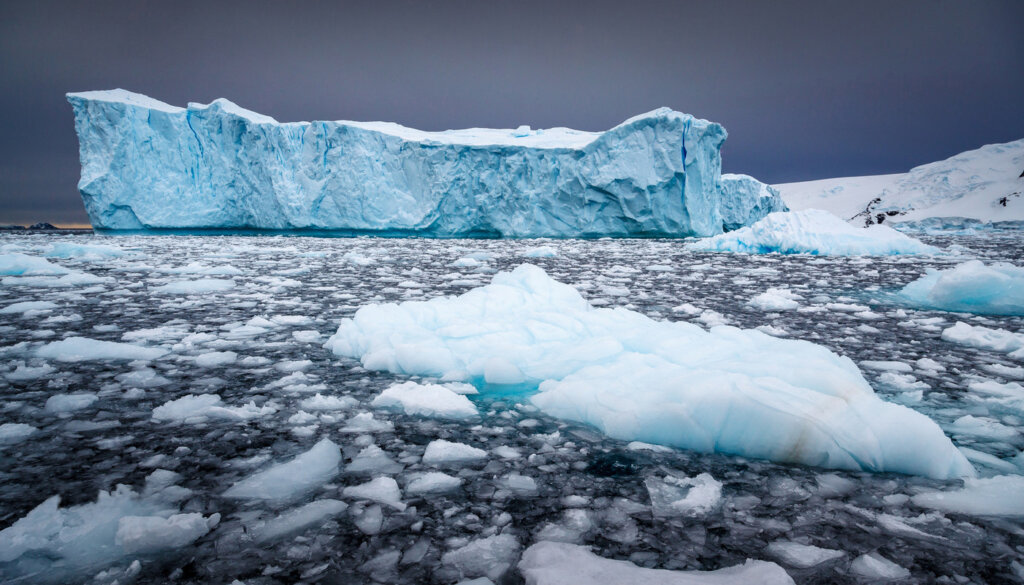
0 Comments